On a hot LA day, Joe Sadler was thinking about winter. Specifically, launching the winter collection for his new menswear line, CWST. Joe has been involved with the fashion industry for most of his career. He started out with branding and consulting for denim companies, and most recently works for Riviera Club, the surf and SoCal-soaked line he helped found in 2010 – nominated for the GQ New Menswear Designer of the year. But after getting caught up in a complicated battle involving copyrights and legal name usage – a situation Joe now just shakes his head at and laughs about – RC evolved this year into CWST, a change that, despite its challenges, was in many ways fortuitous; a chance to start the line fresh.
And Joe is an adept chameleon: as both the brand’s creative director and graphic designer, he’s used to wearing a lot of hats, and not just in his current role. In the past 15 years, he’s played college baseball, started more bands than he can count, seriously considered a career in interior design, and unintentionally started an internationally-recognizable lifestyle brand. But for Sadler, choosing just one direction, or one inspiration is entirely too limiting and not nearly enough fun. For now, there’s too much to be interested in. He scans the crowd at a busy Silverlake coffee shop. “There,” he says, pointing to an older man dressed like he’s on his way to a business meeting at the beach. “I just want to capture that. What’s he doing? What’s that story? Effortless.”
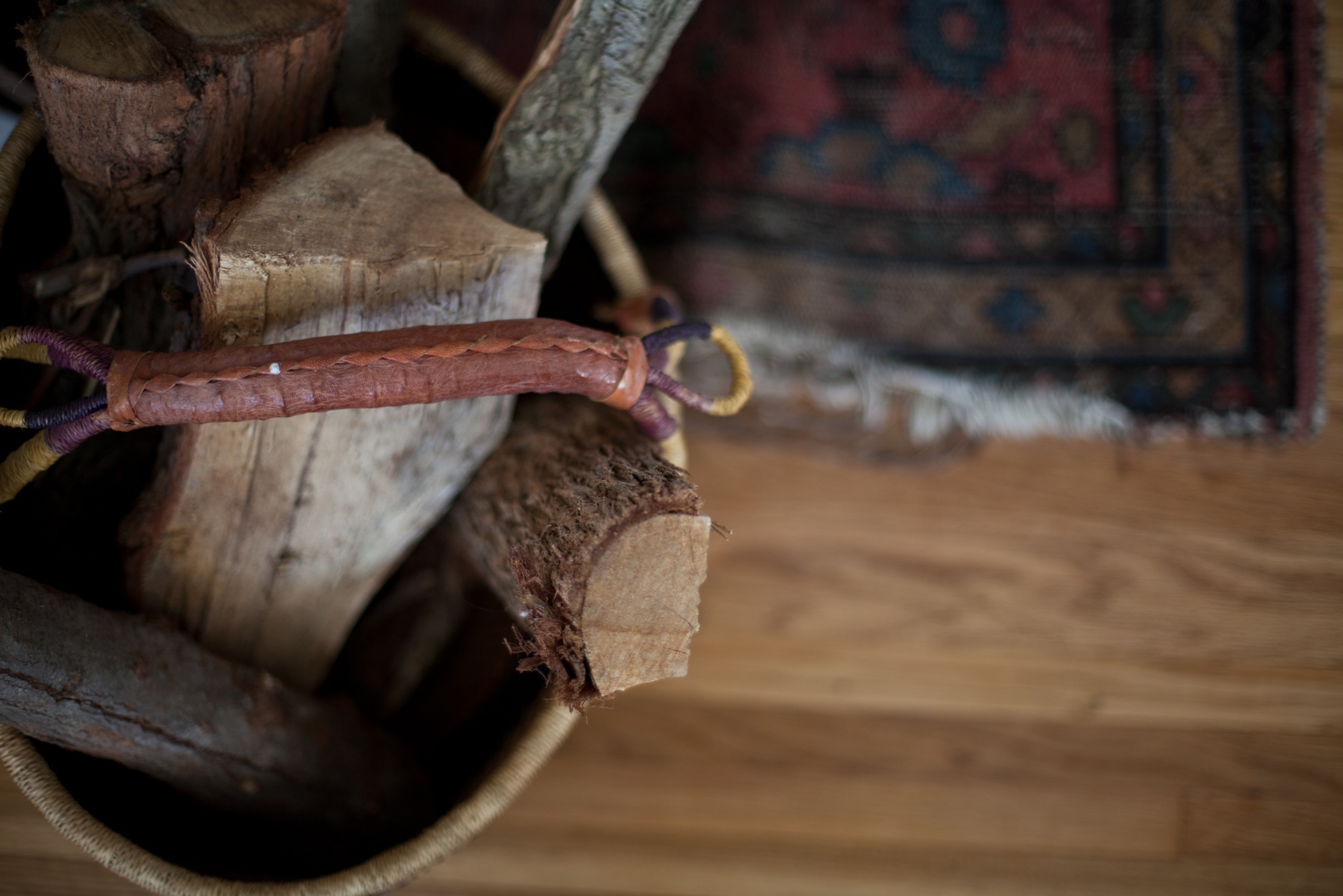
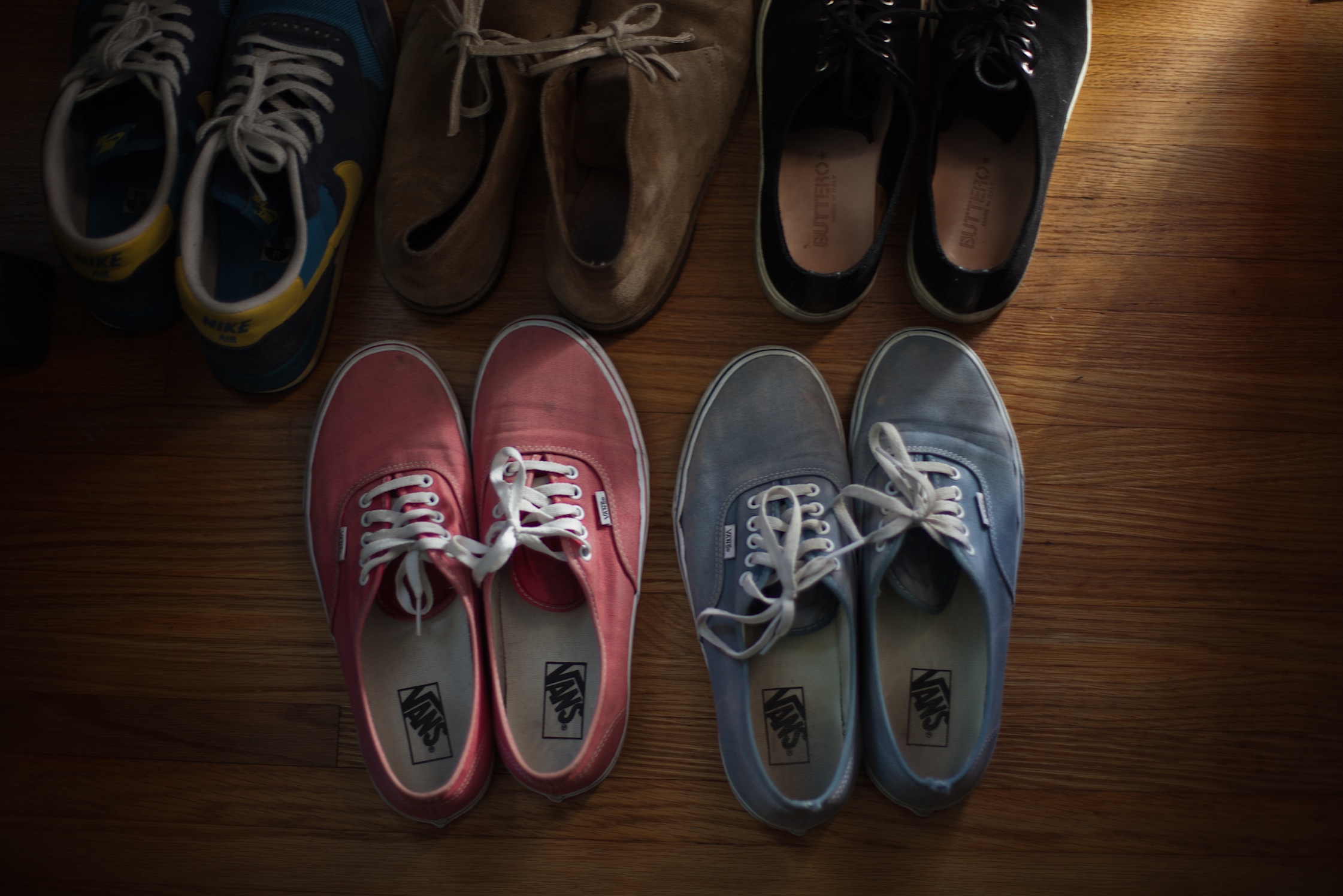
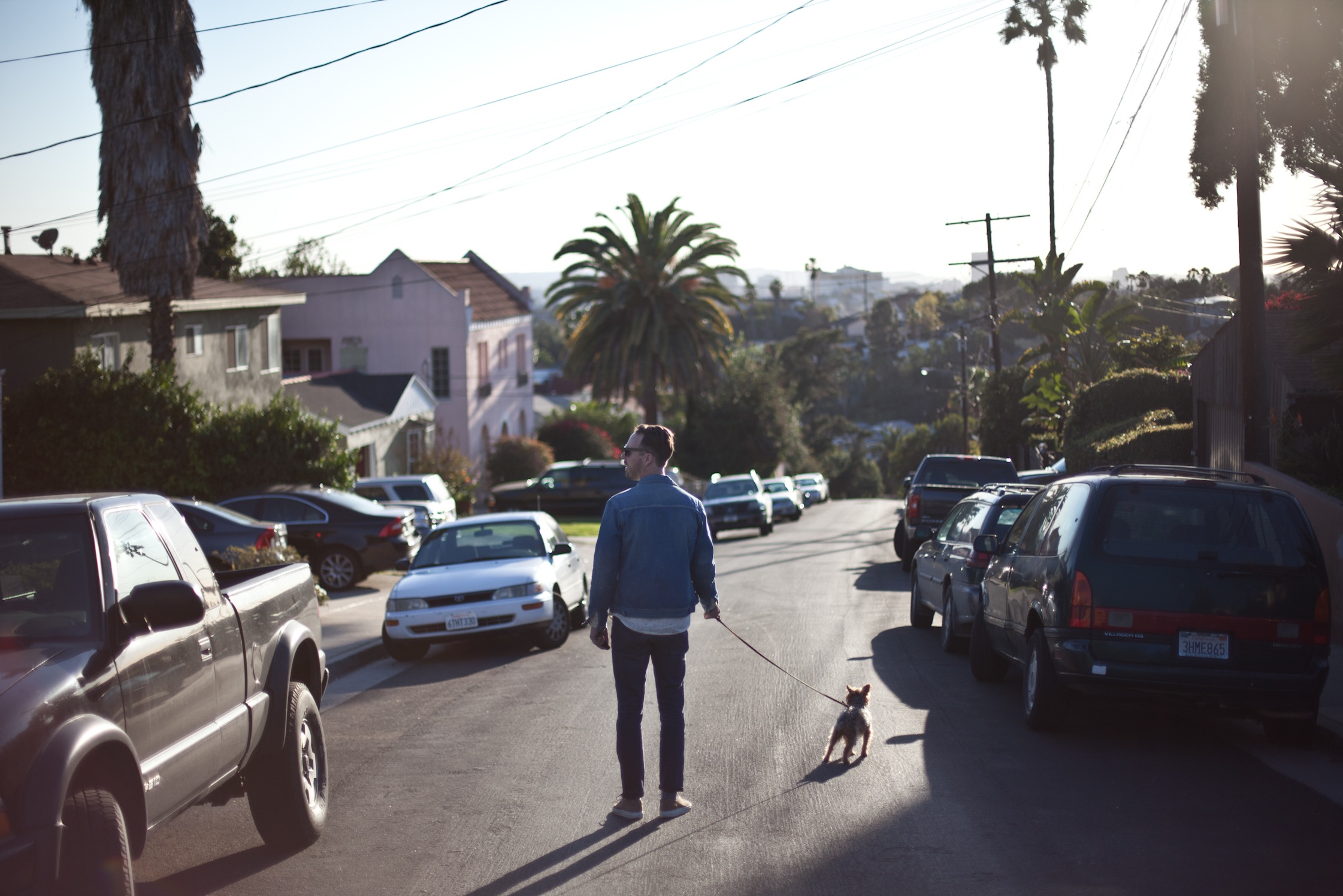
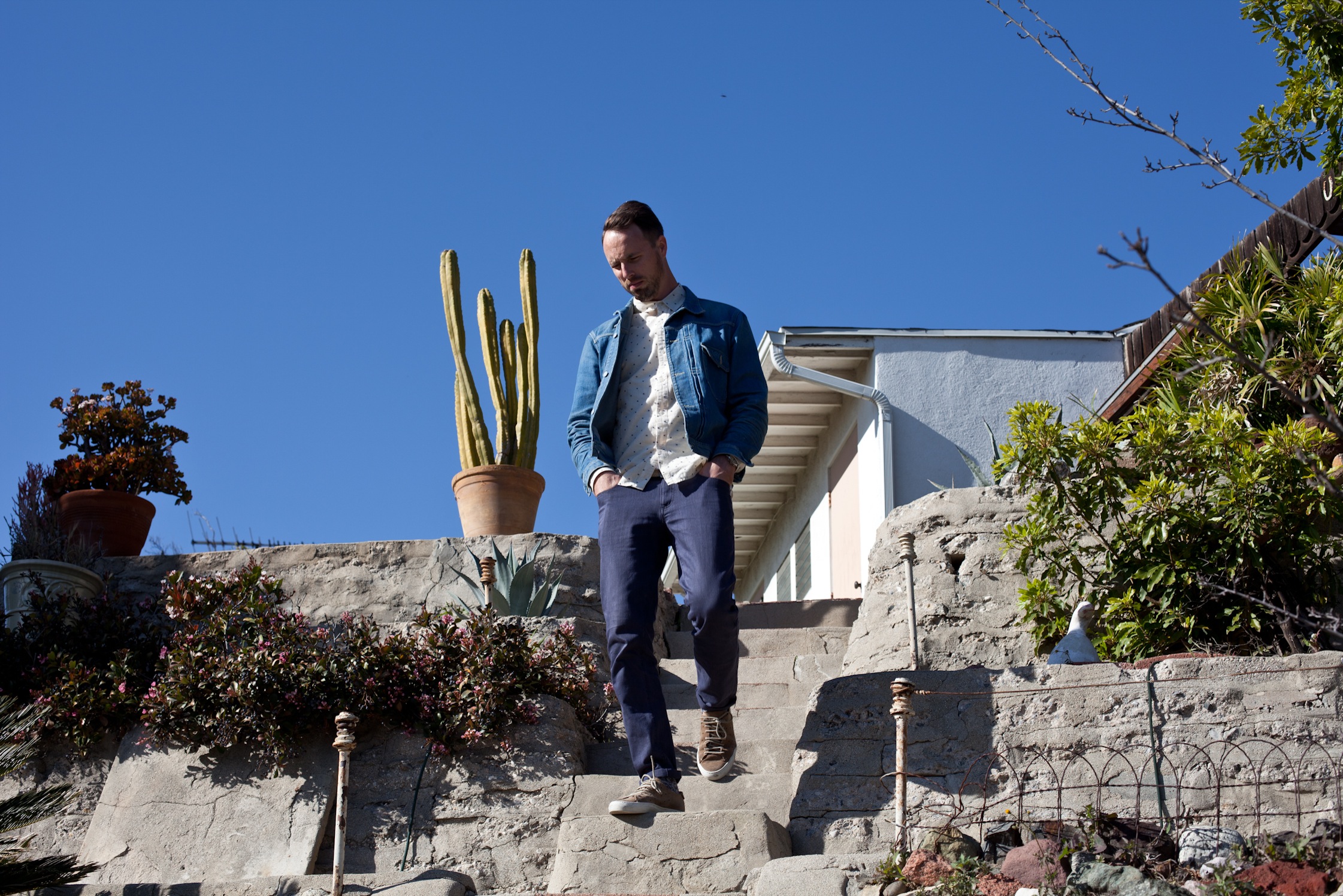
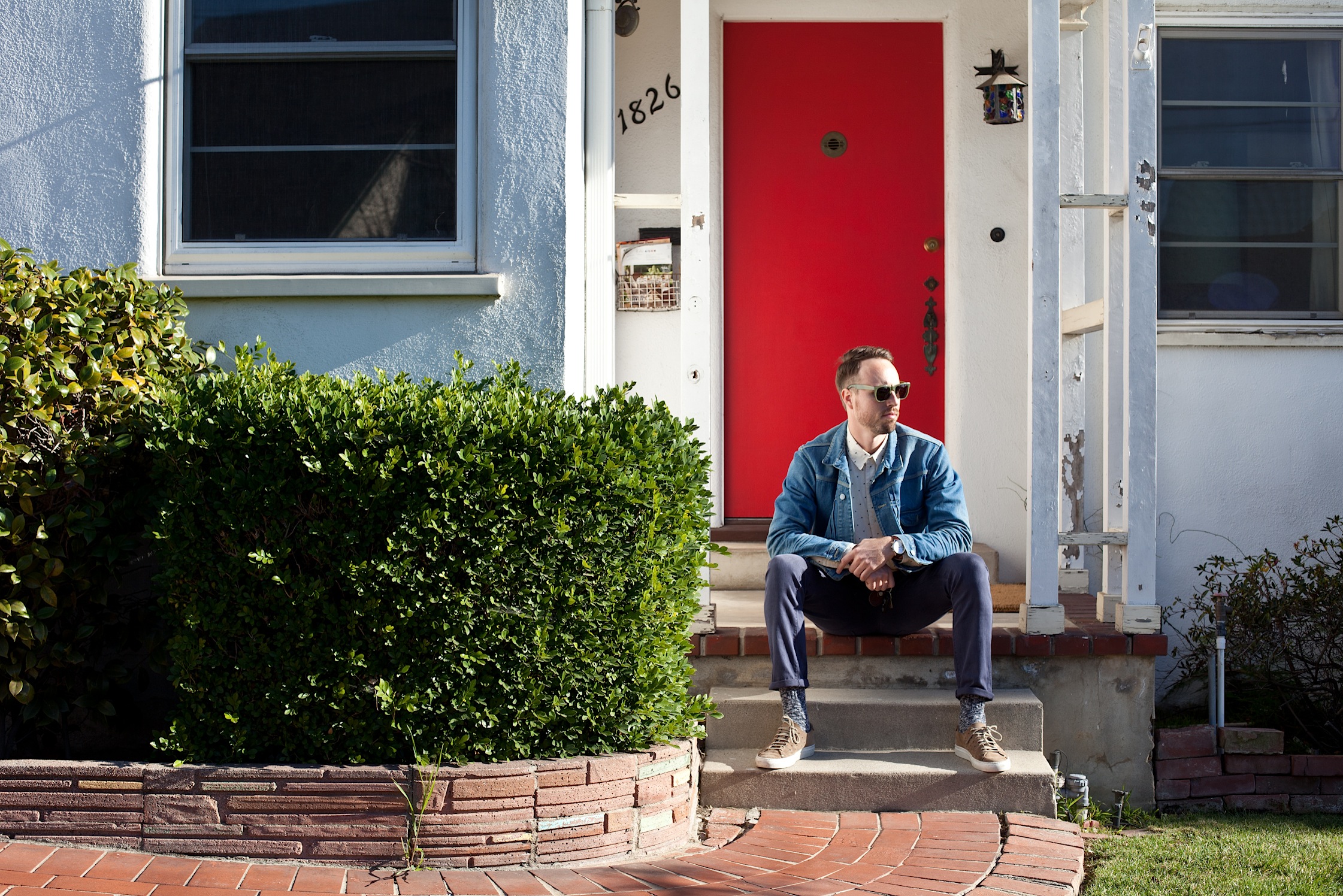
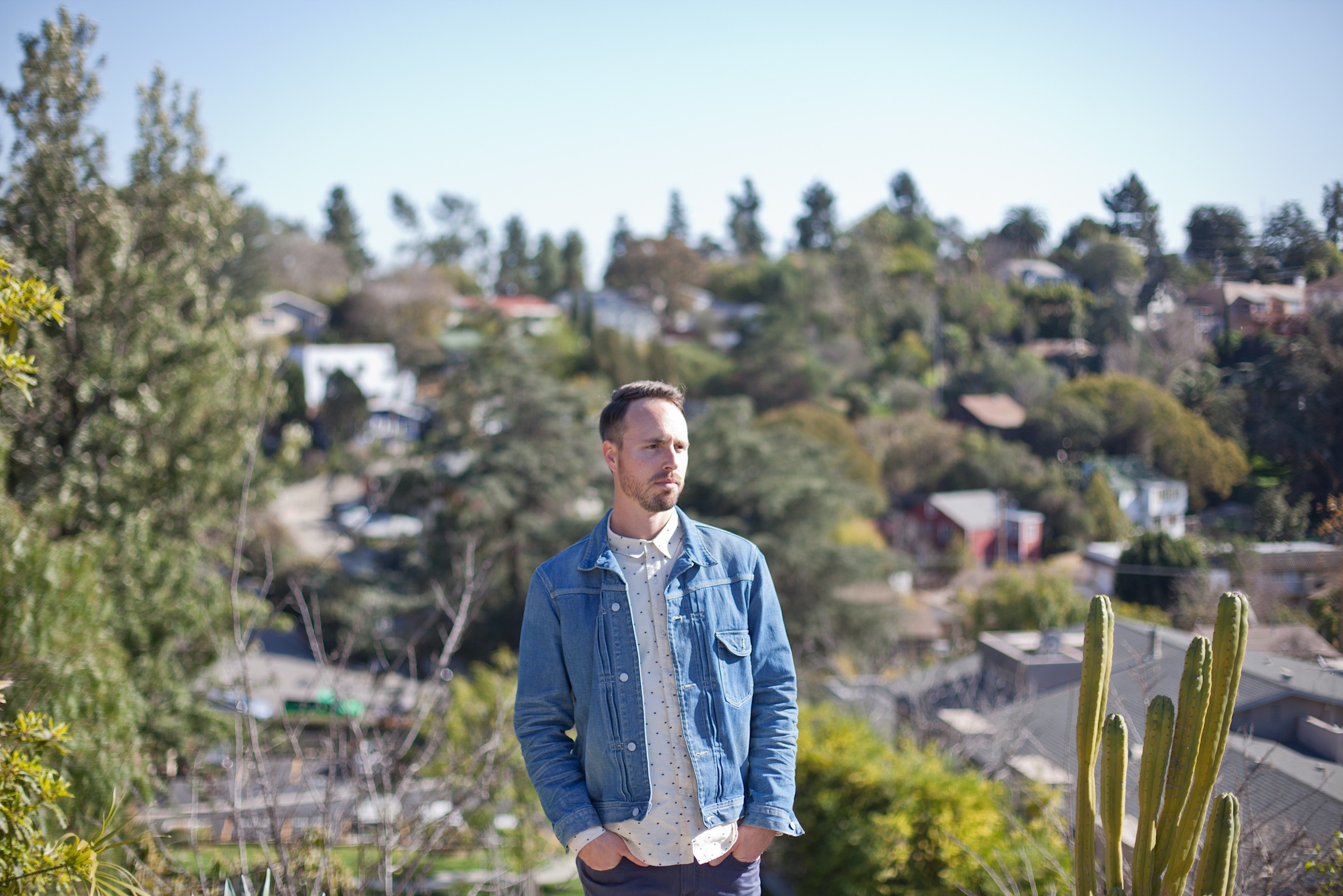
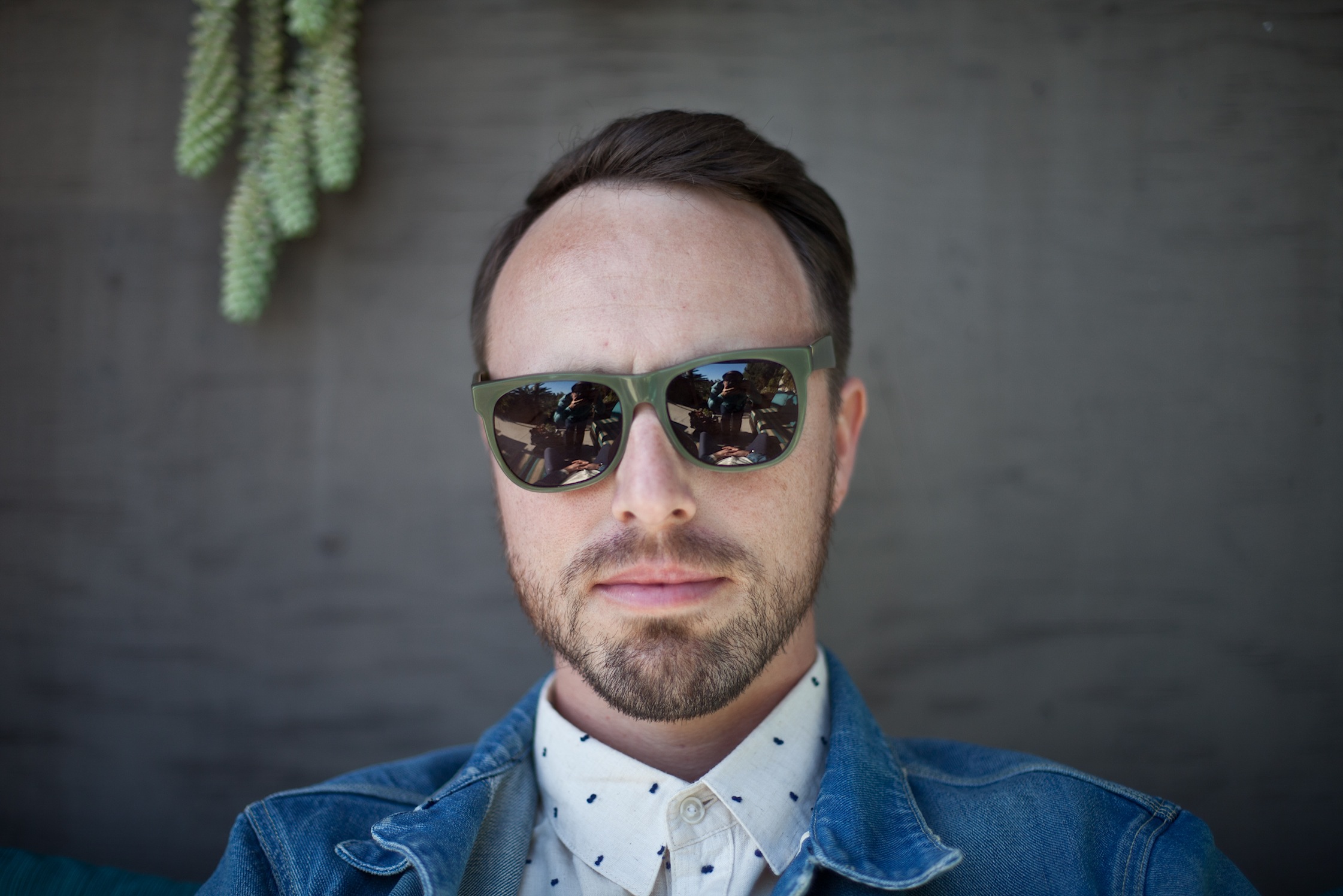
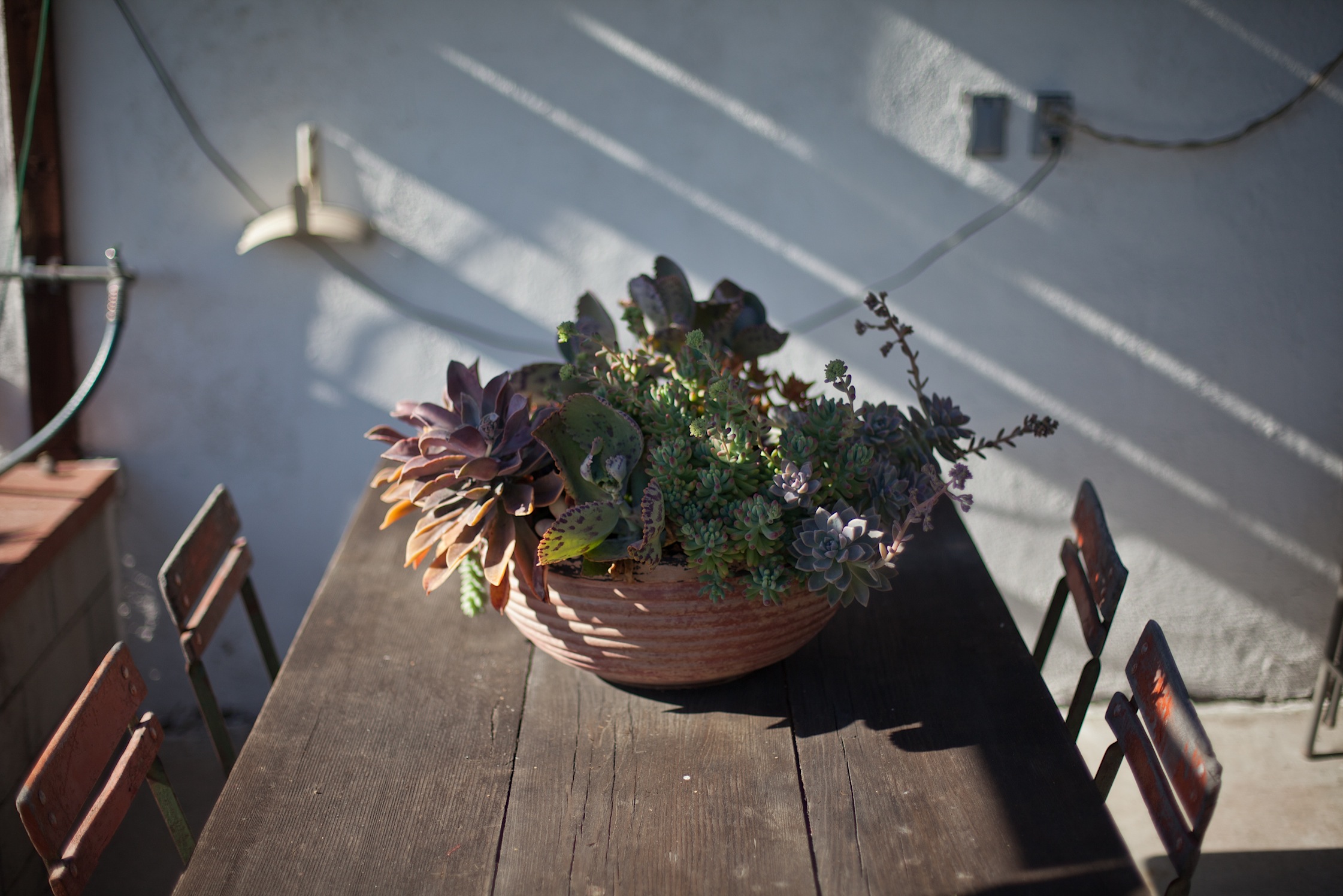

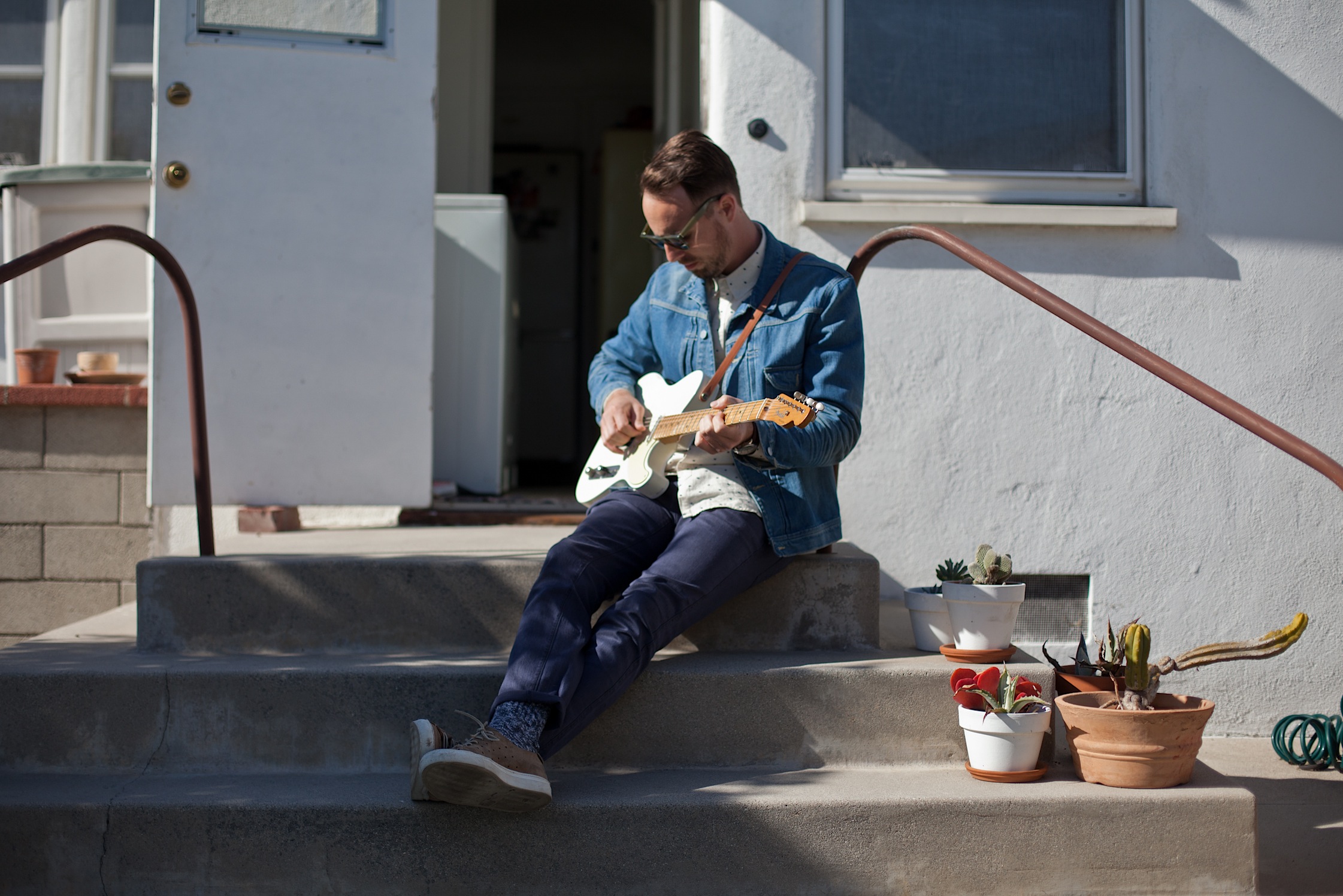
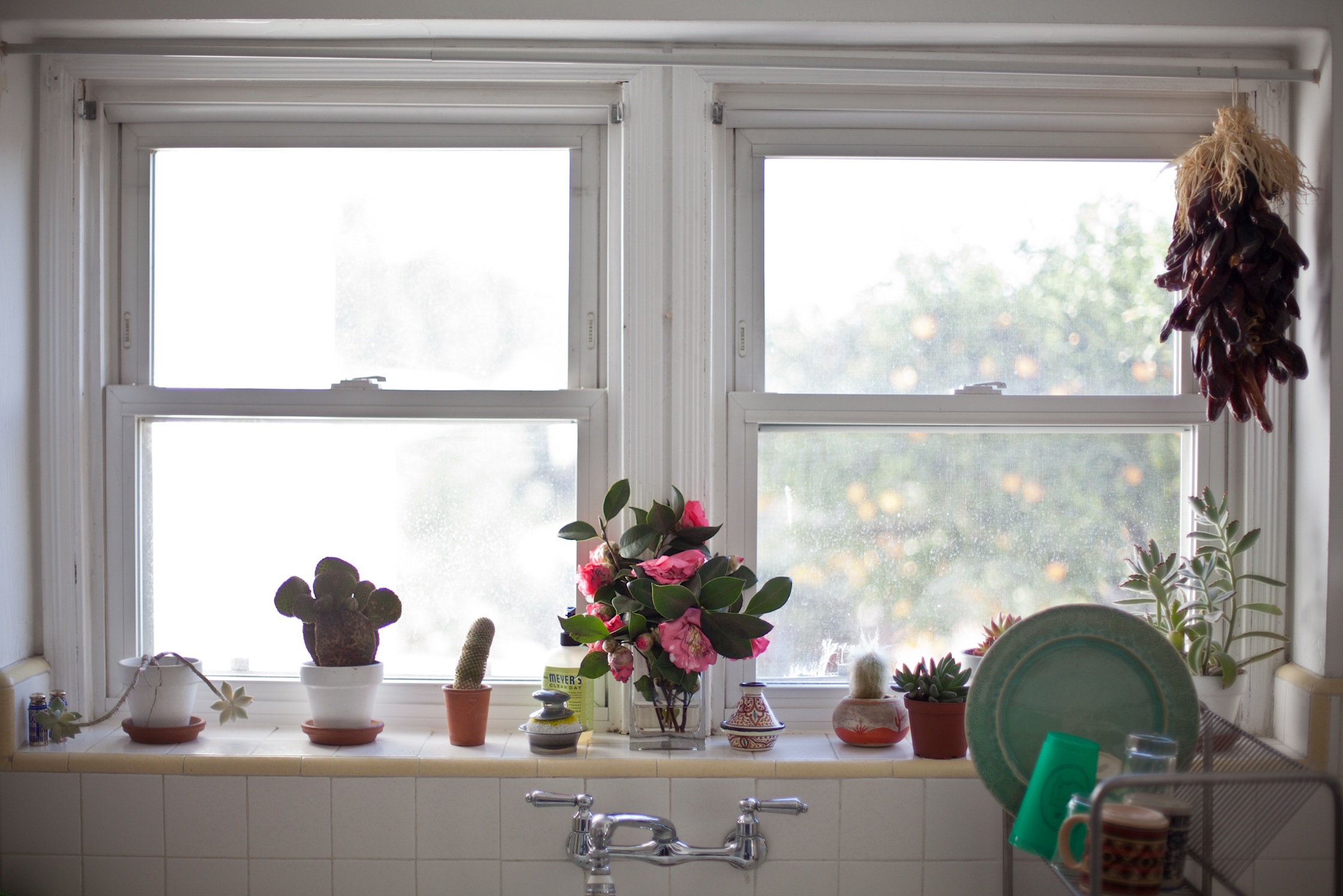
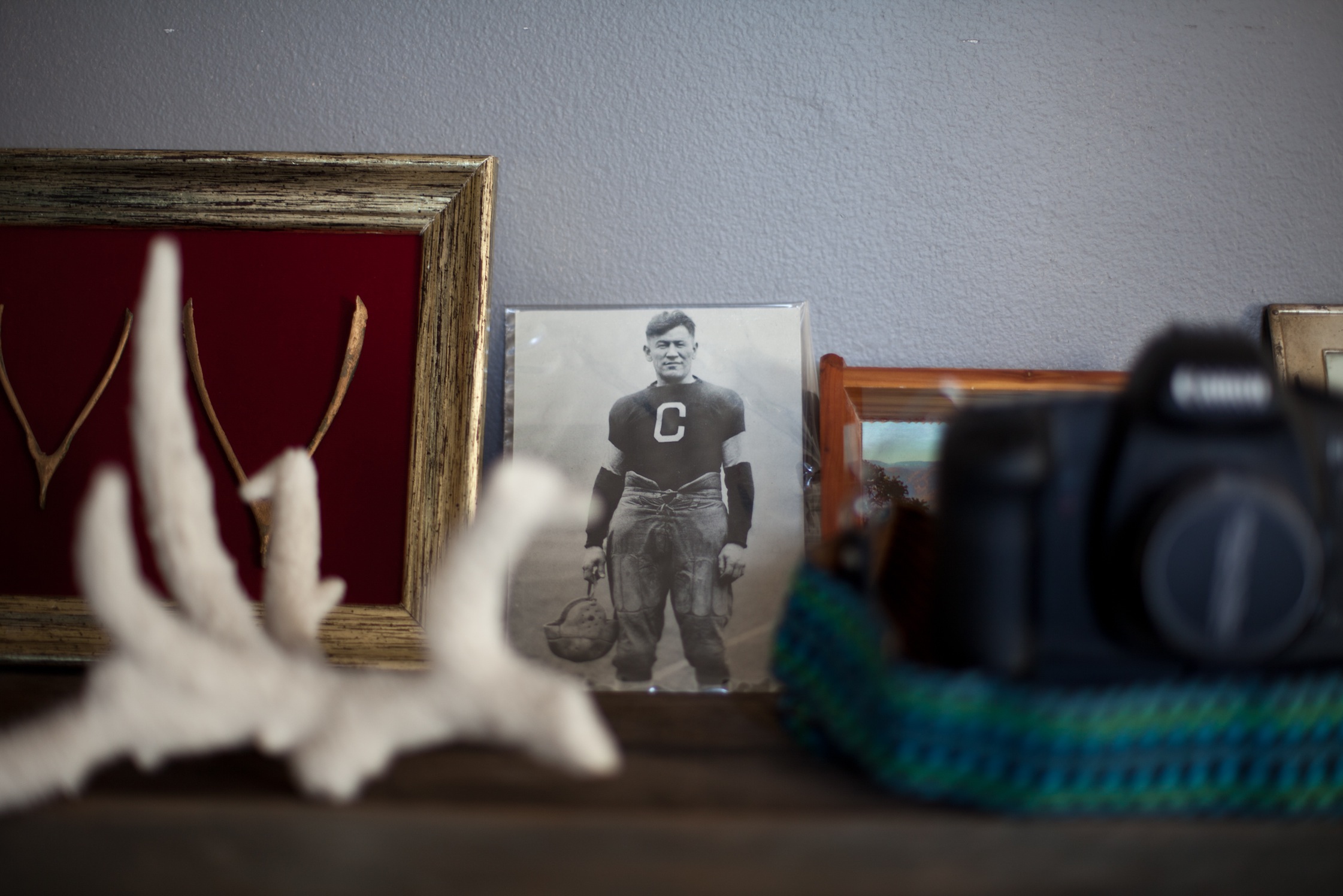
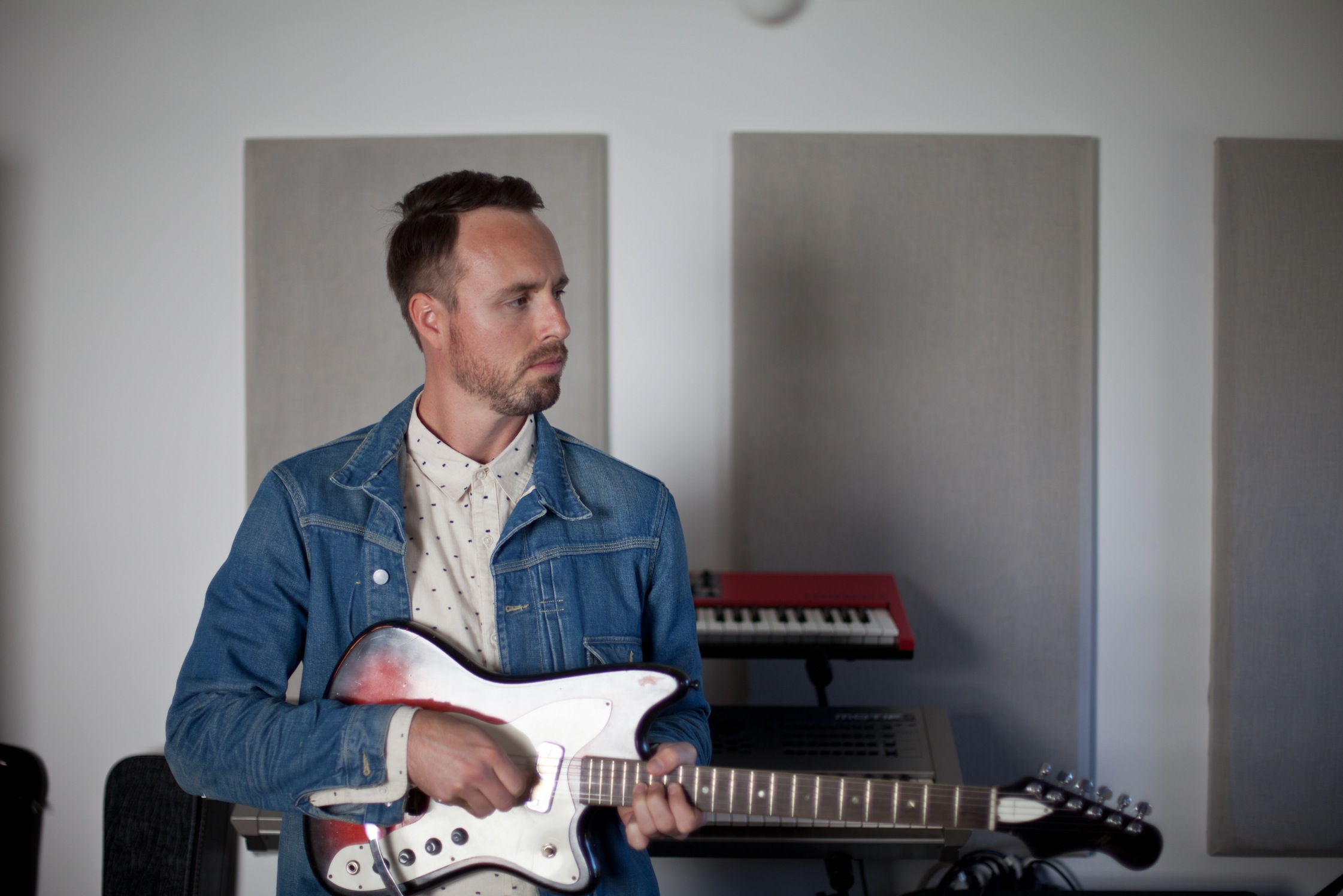
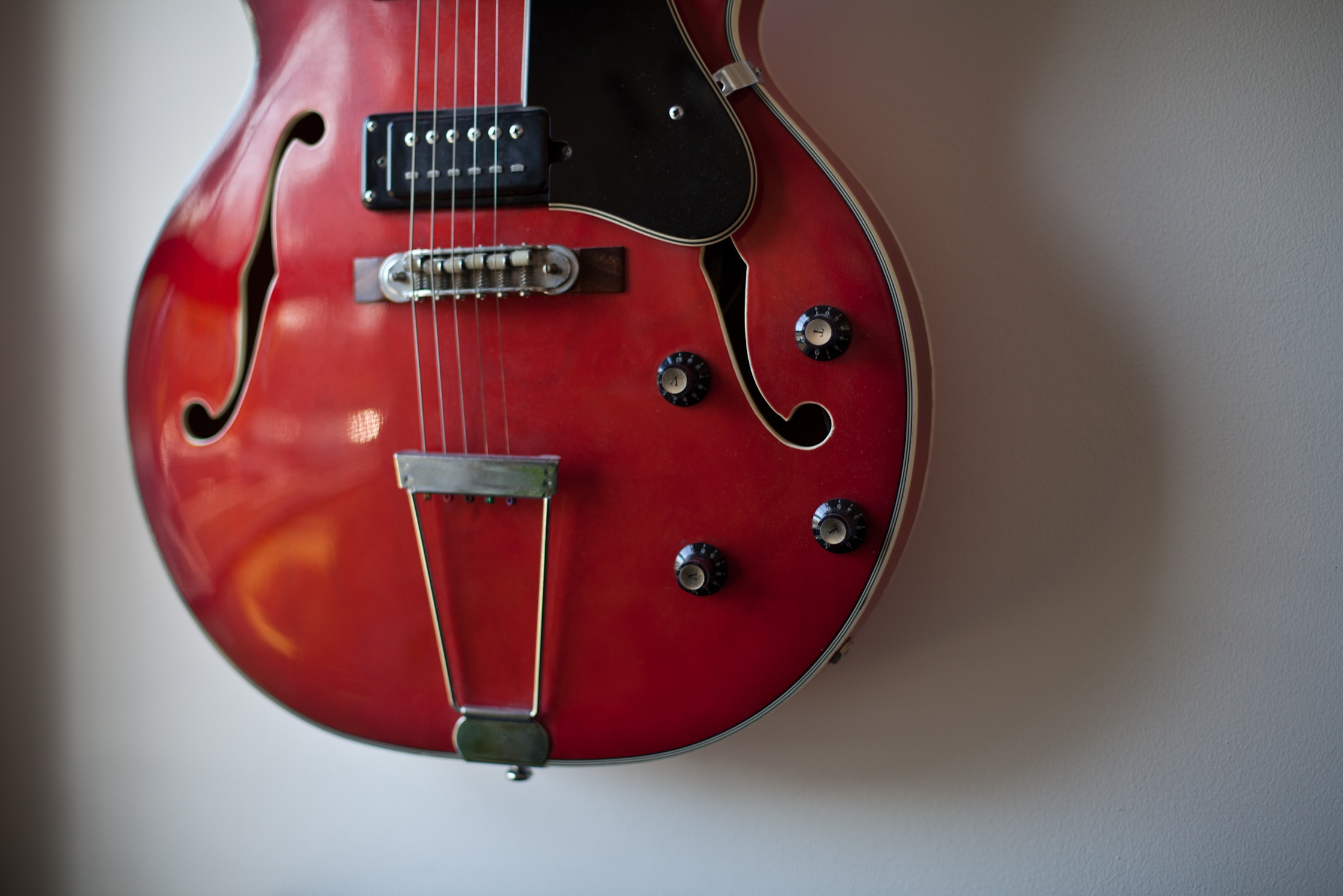
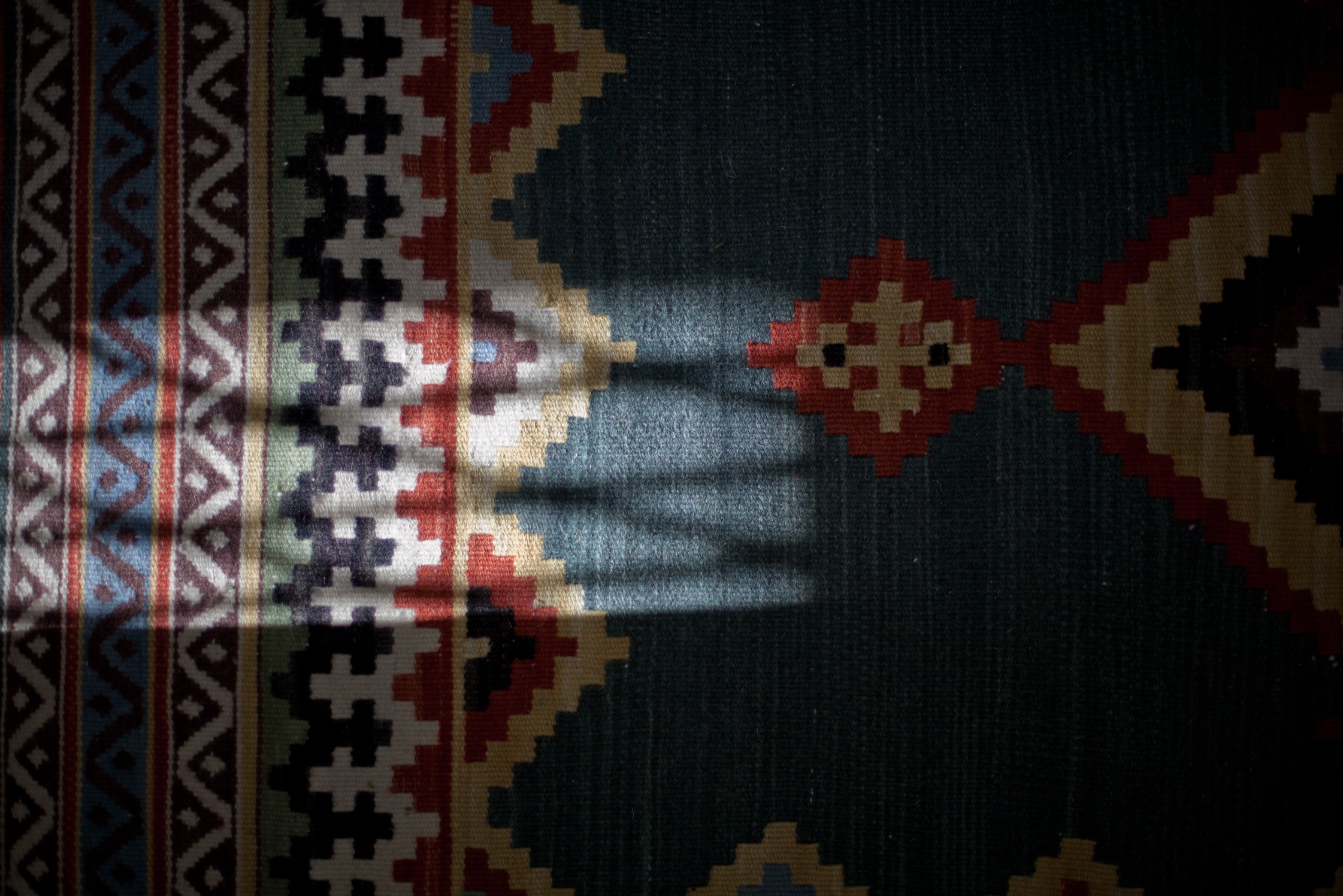
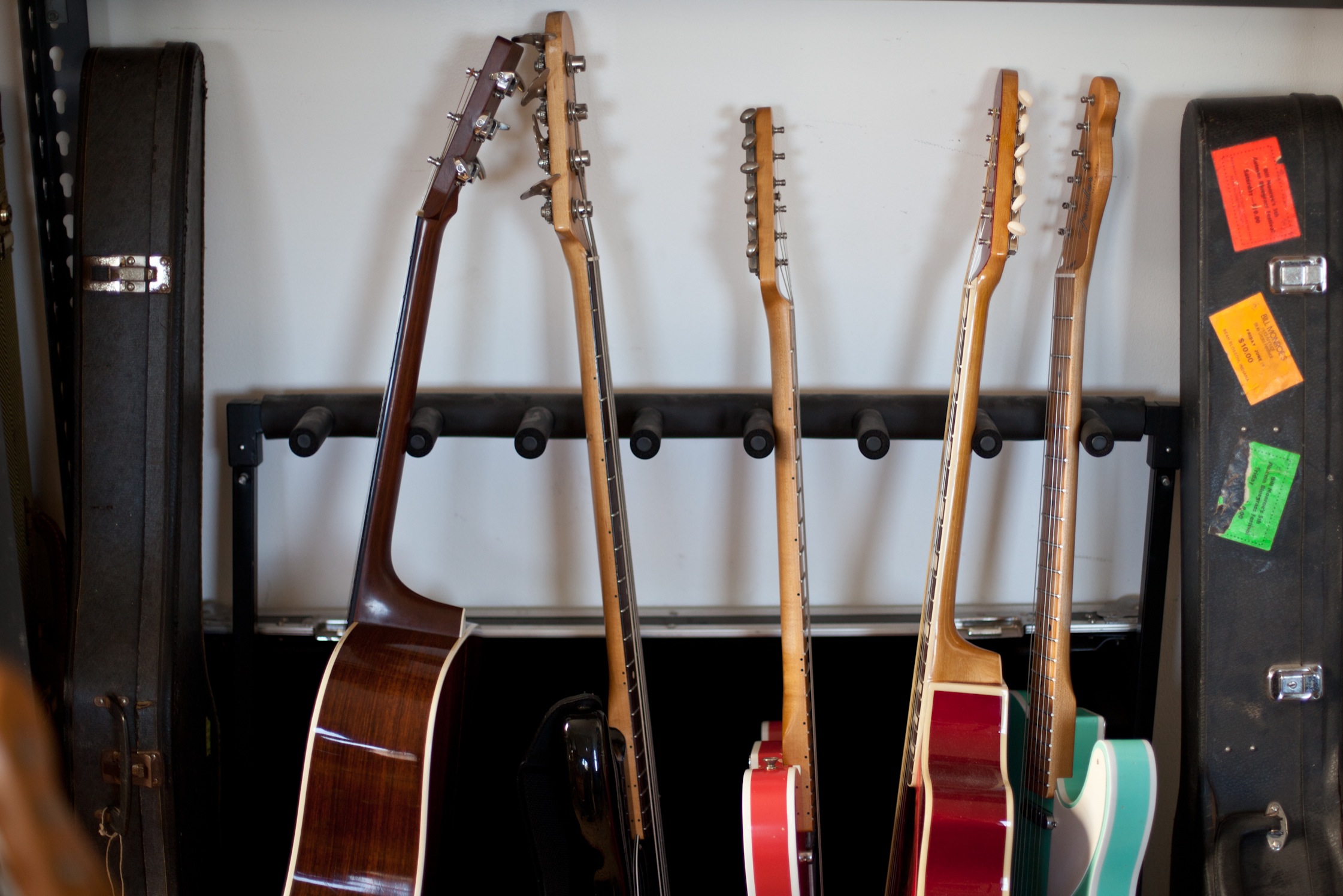
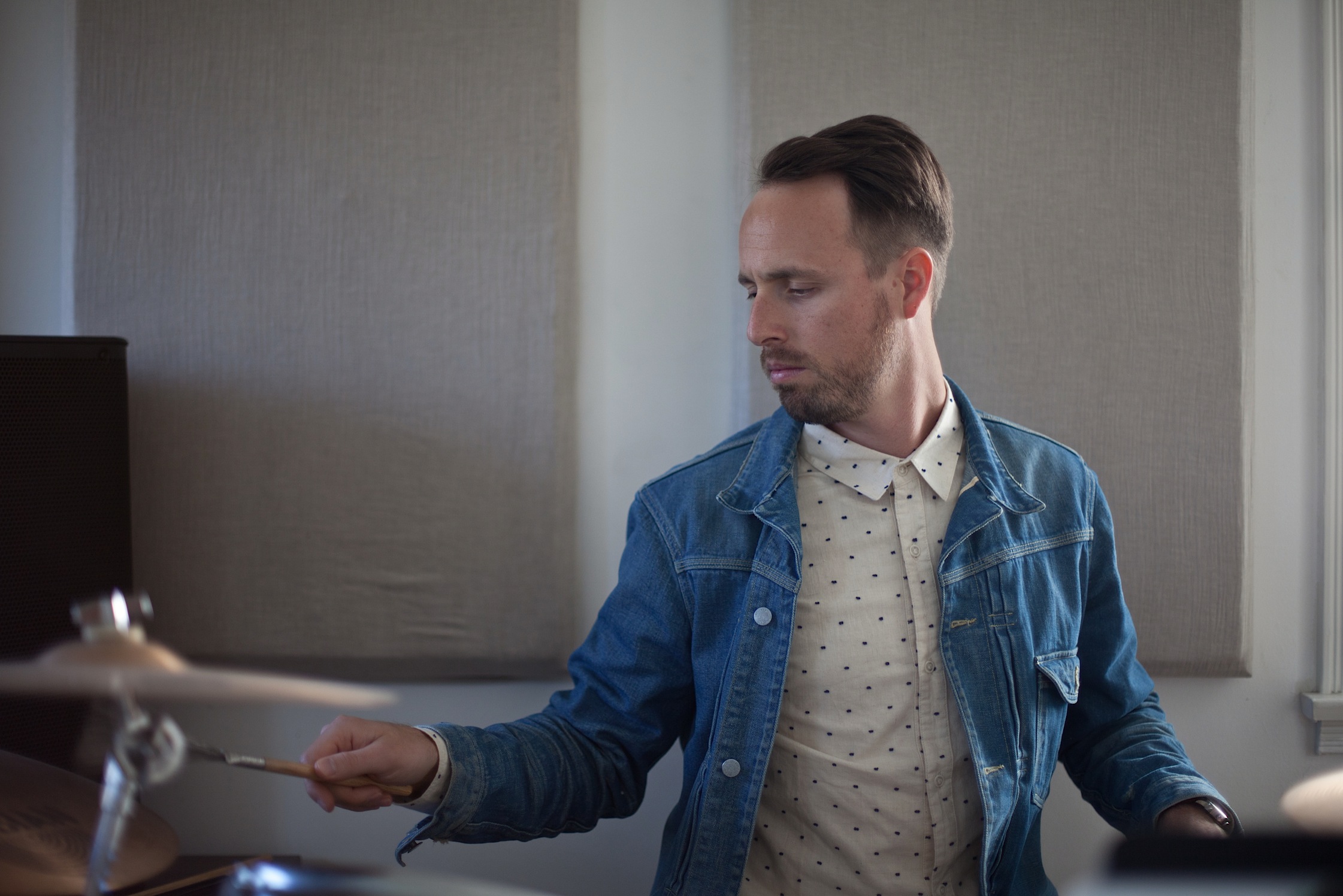
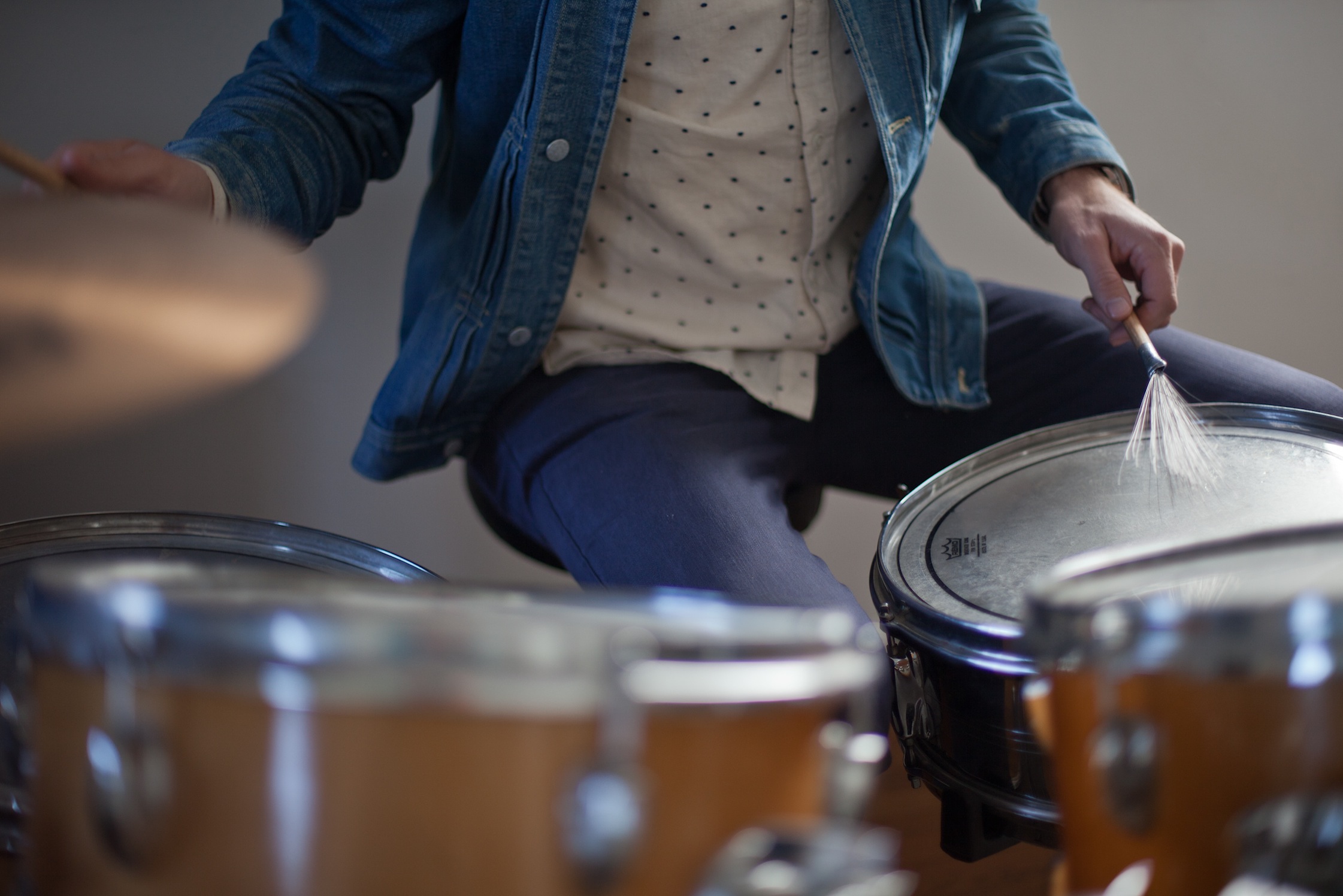
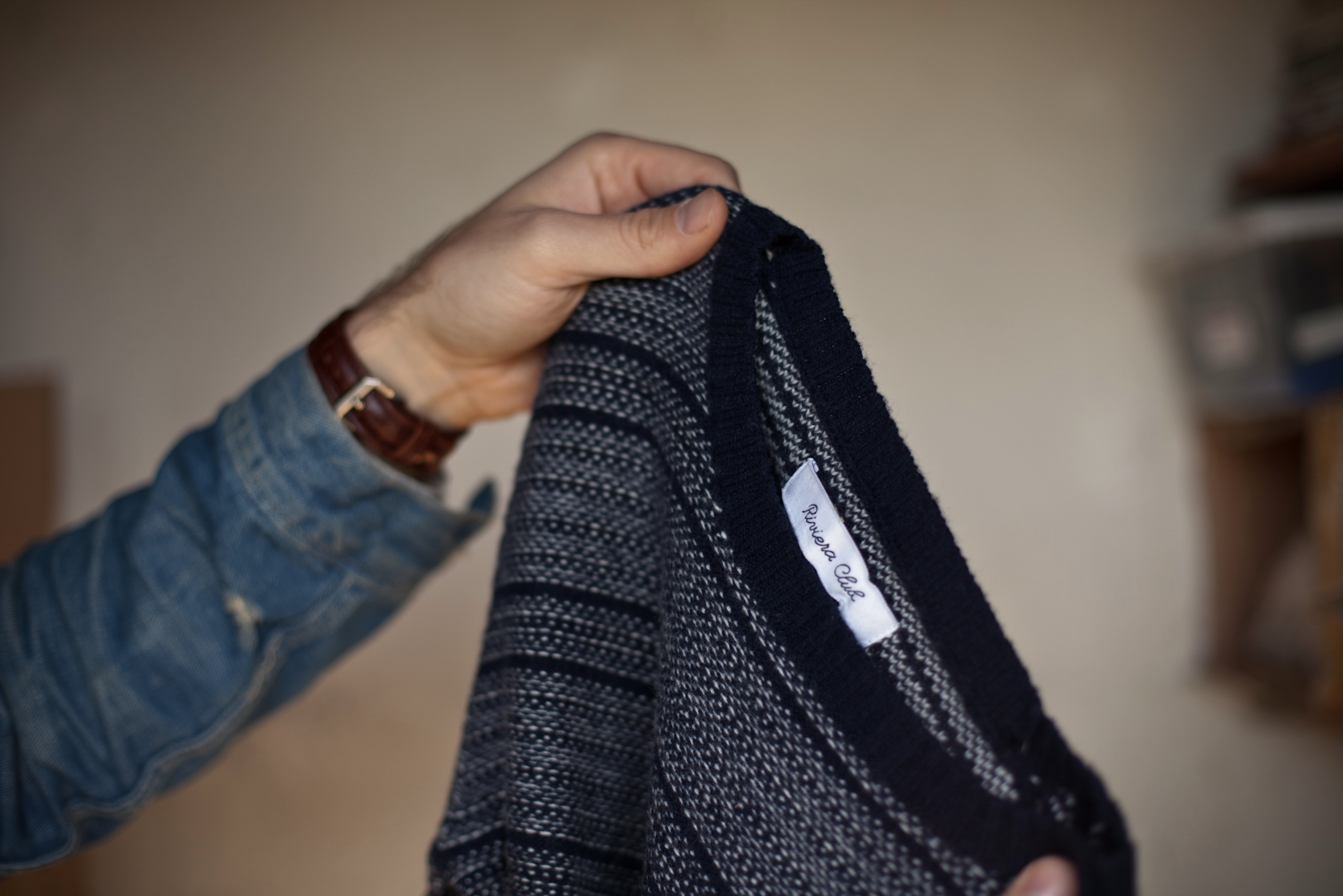
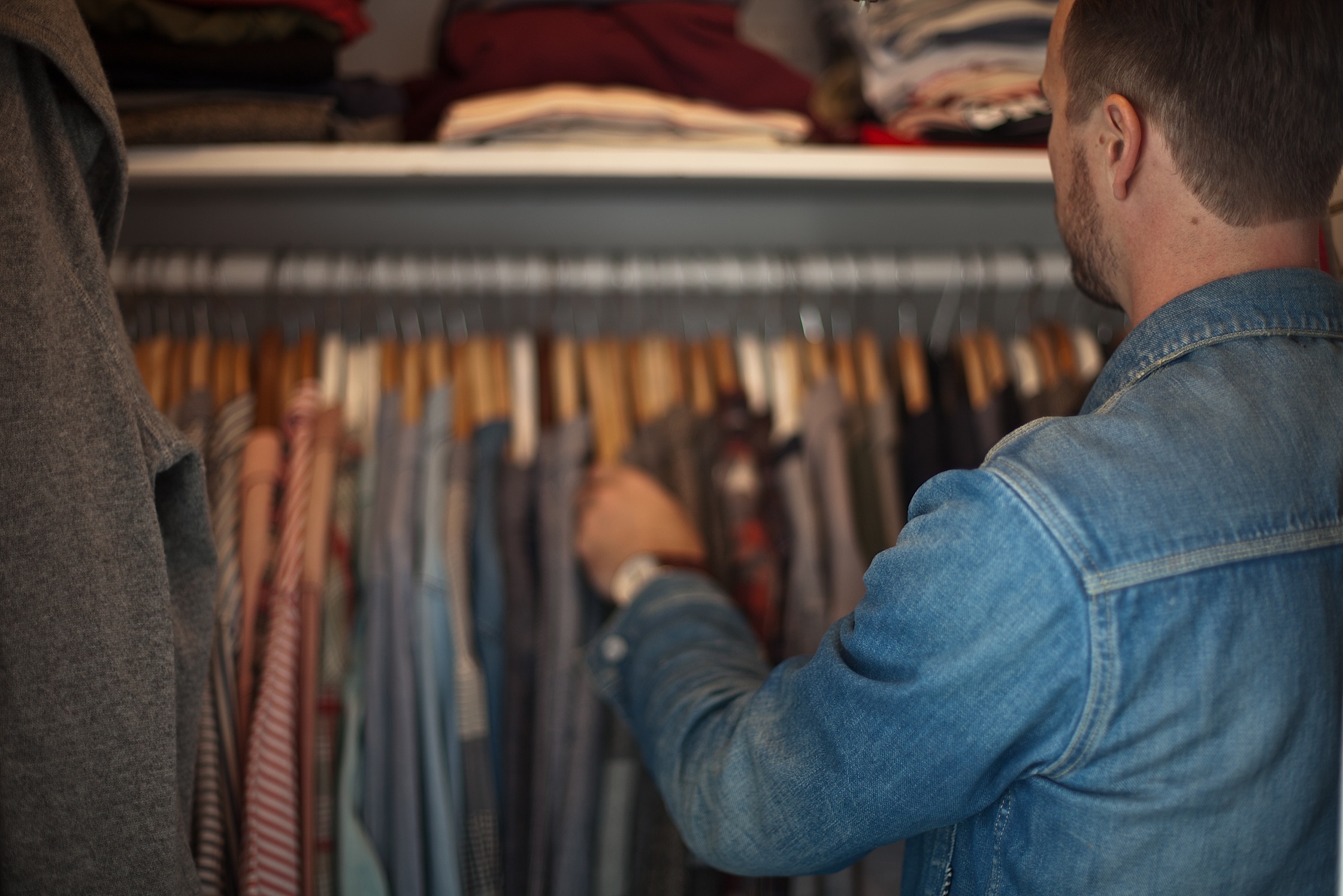
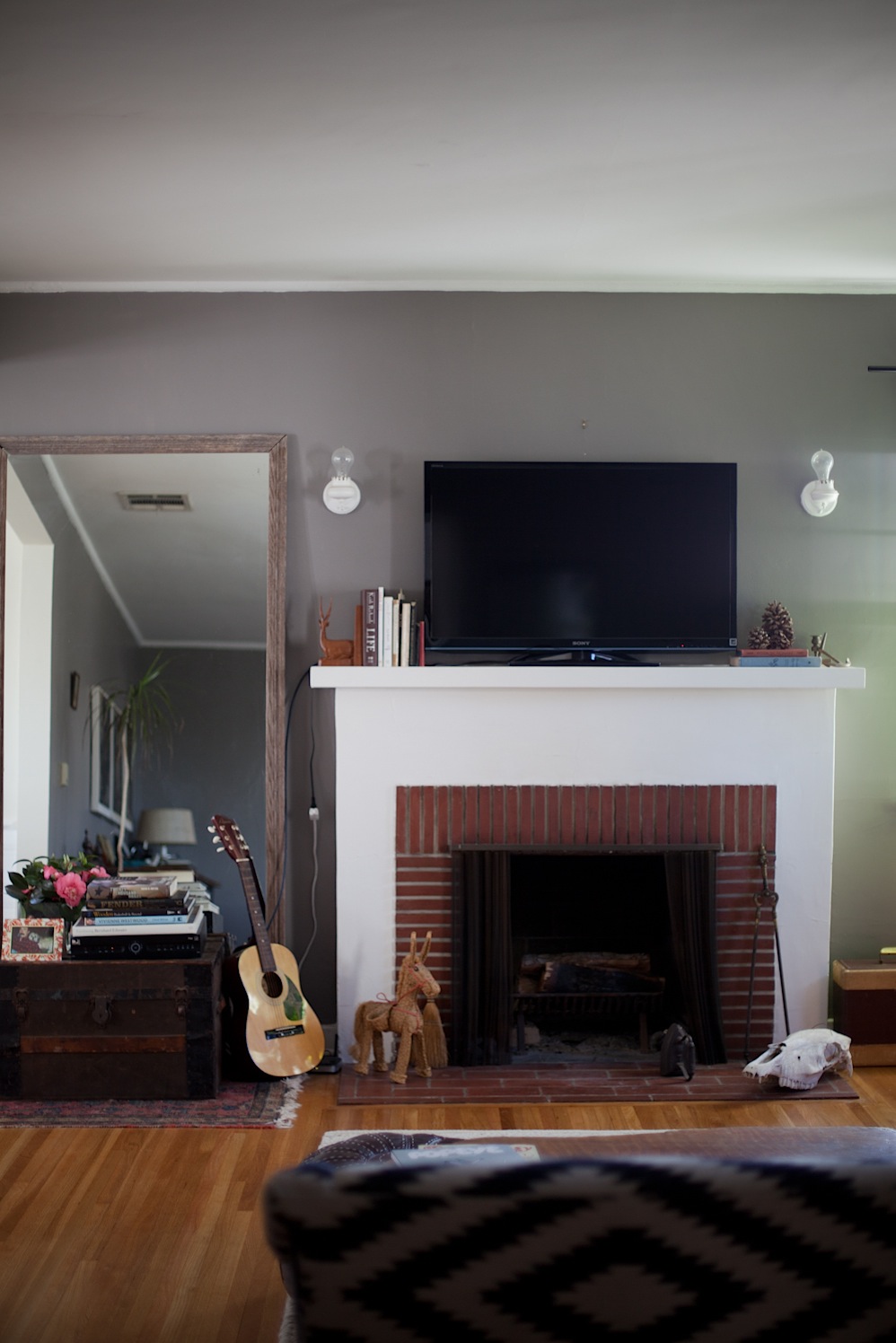
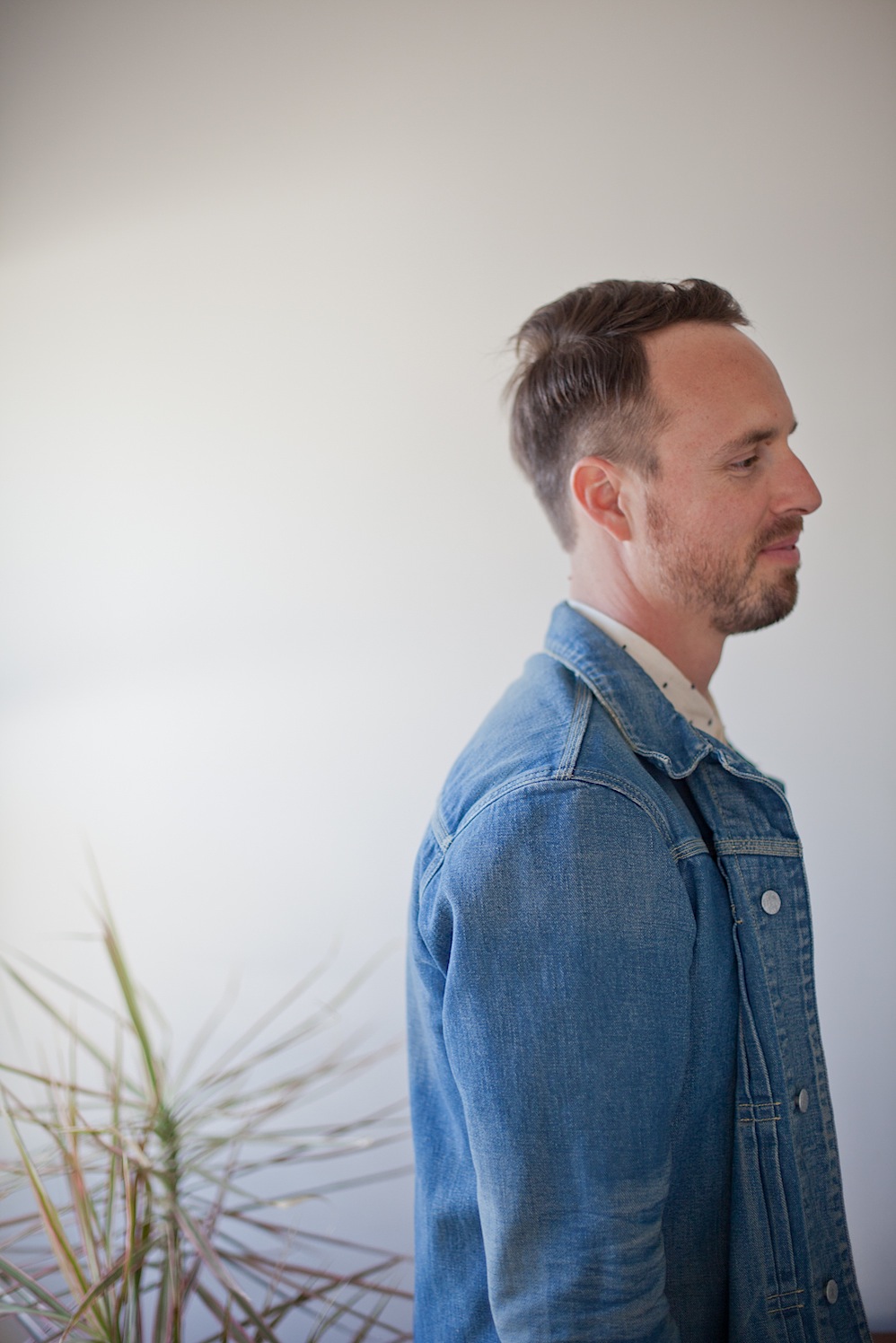
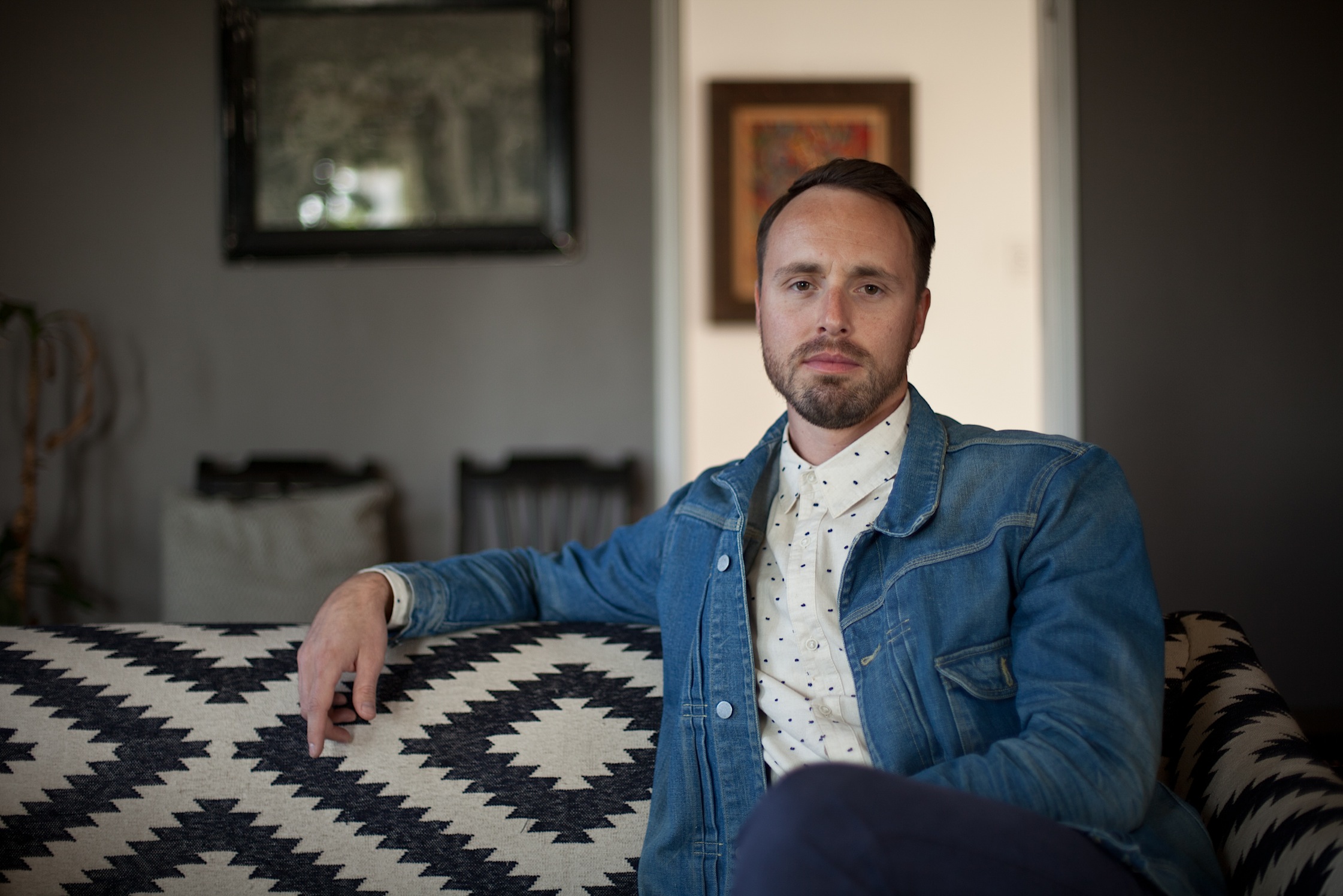
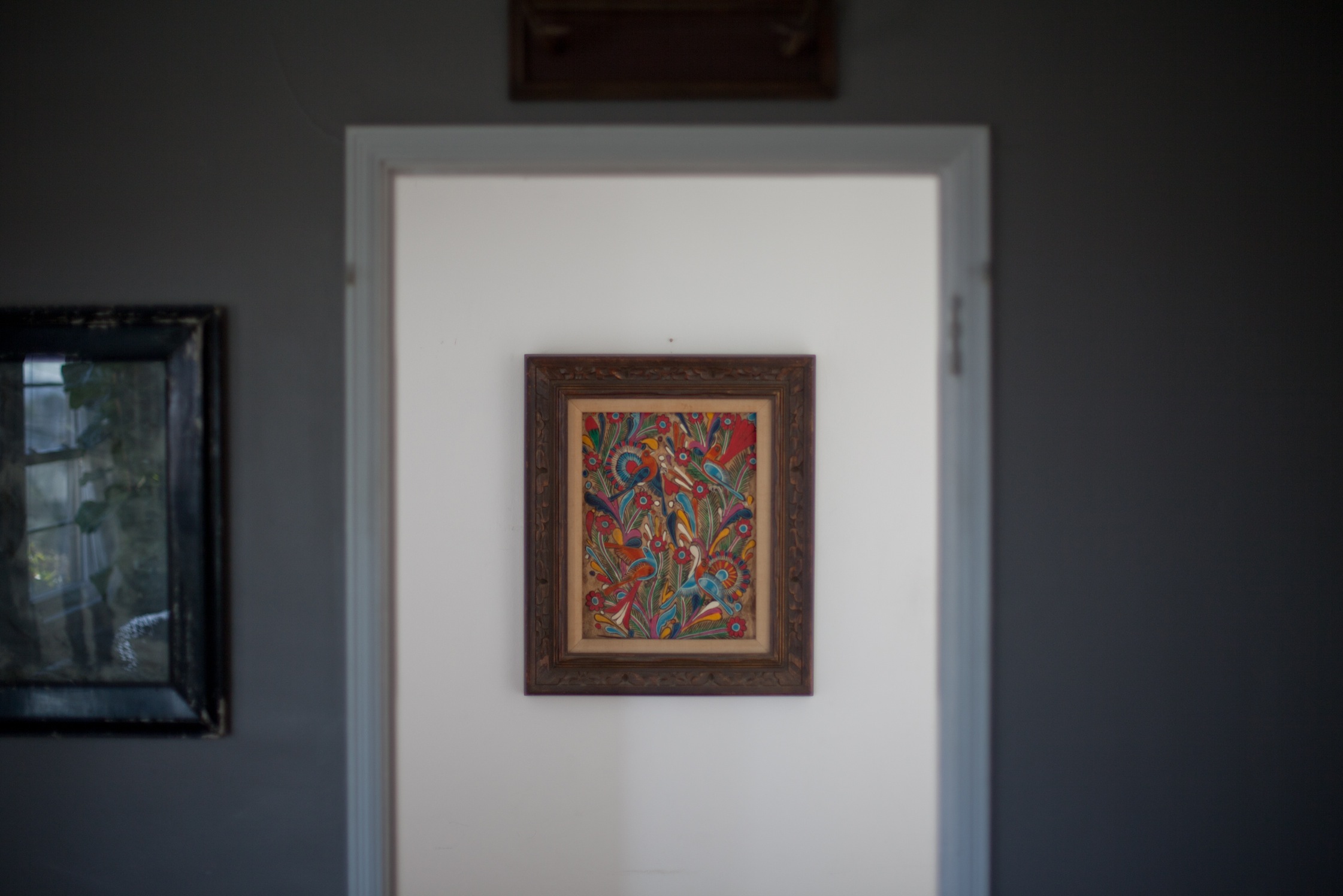
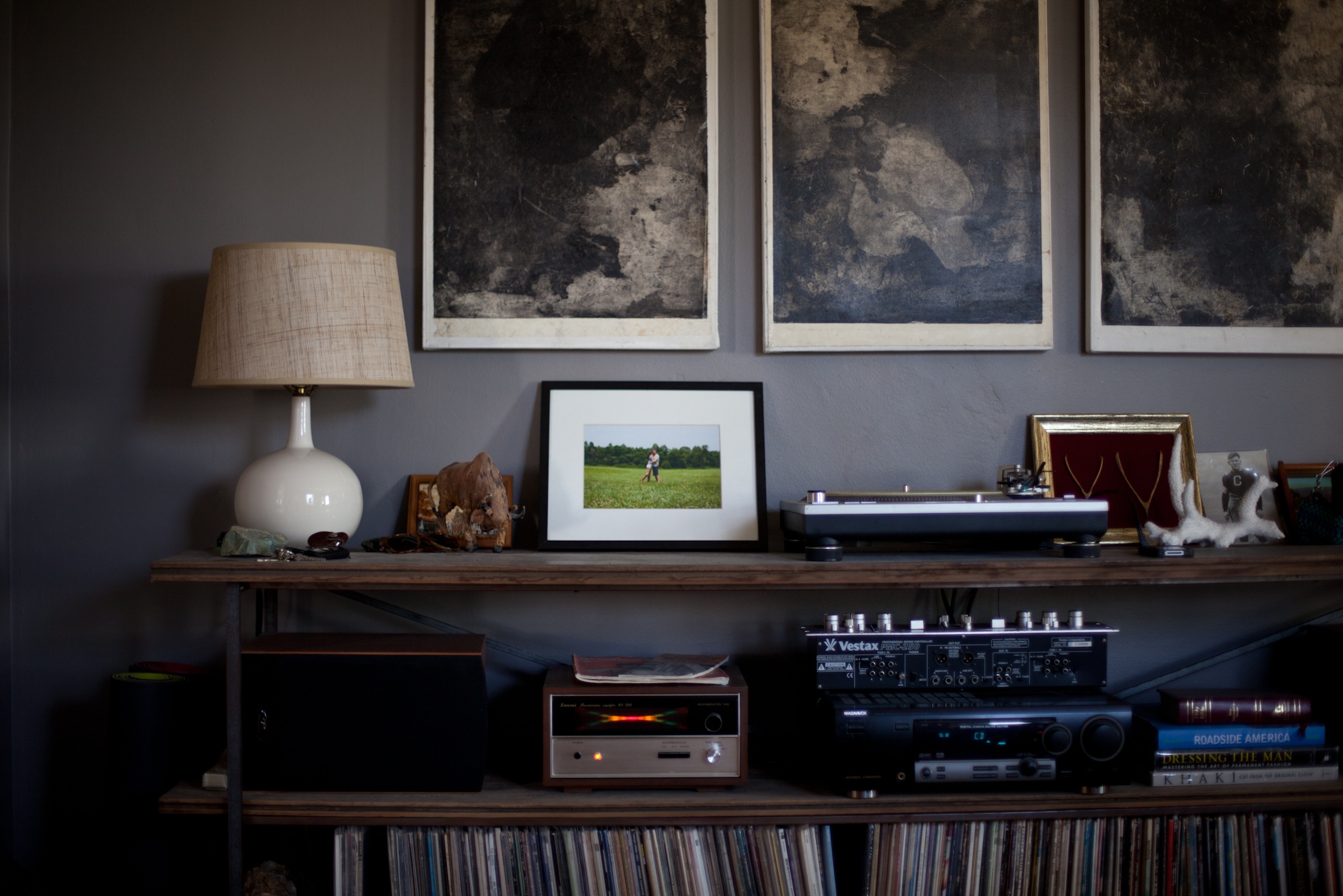
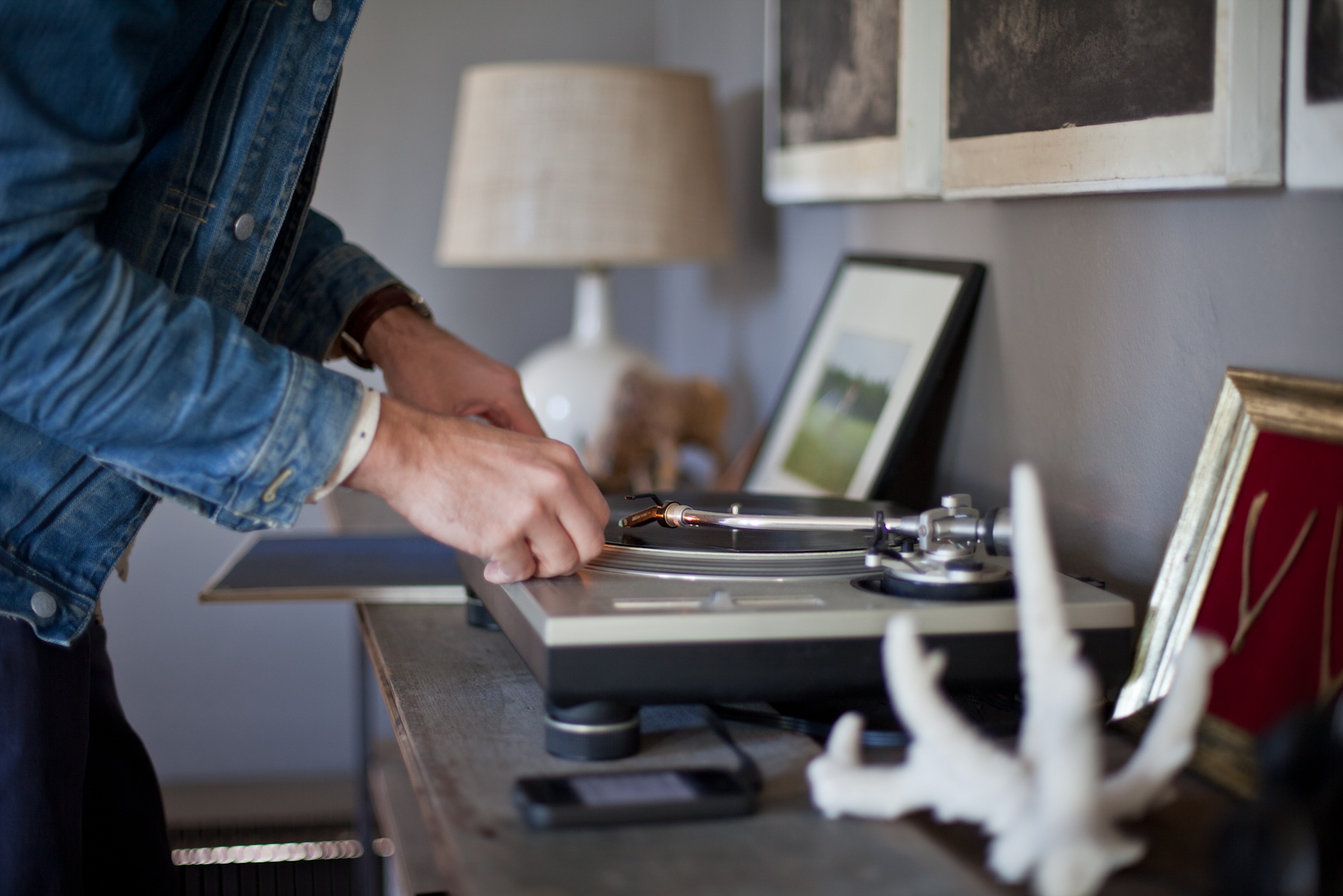
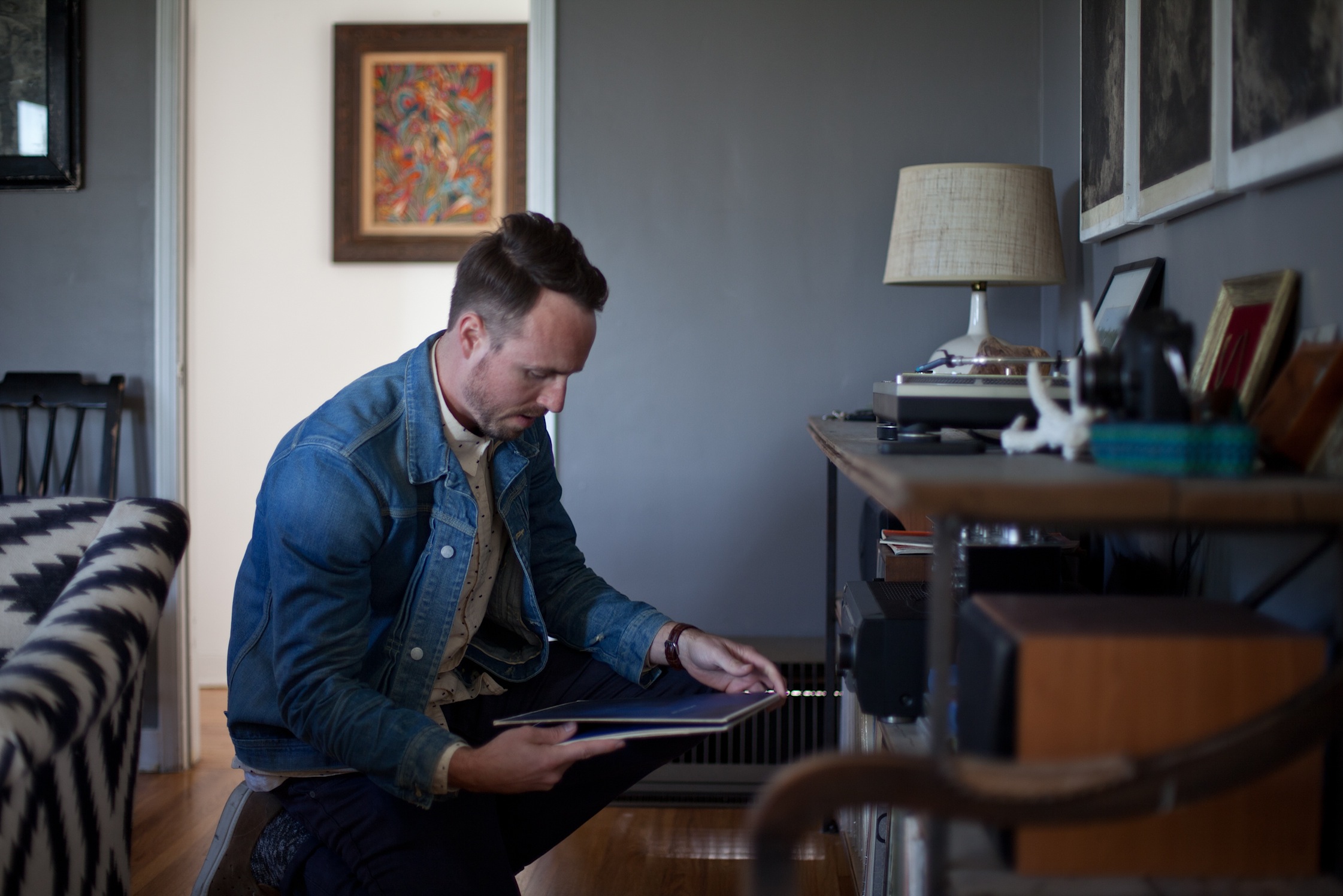
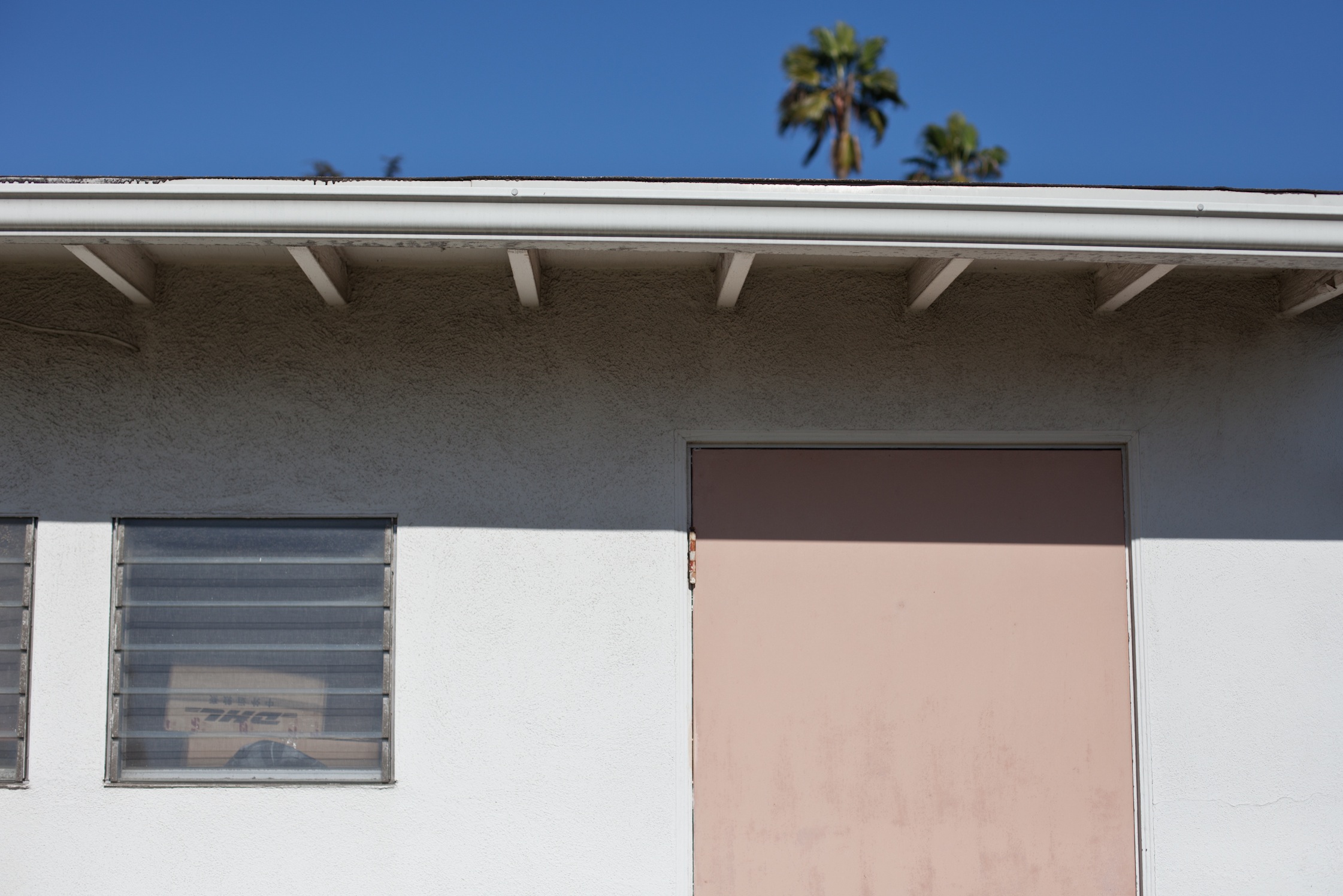
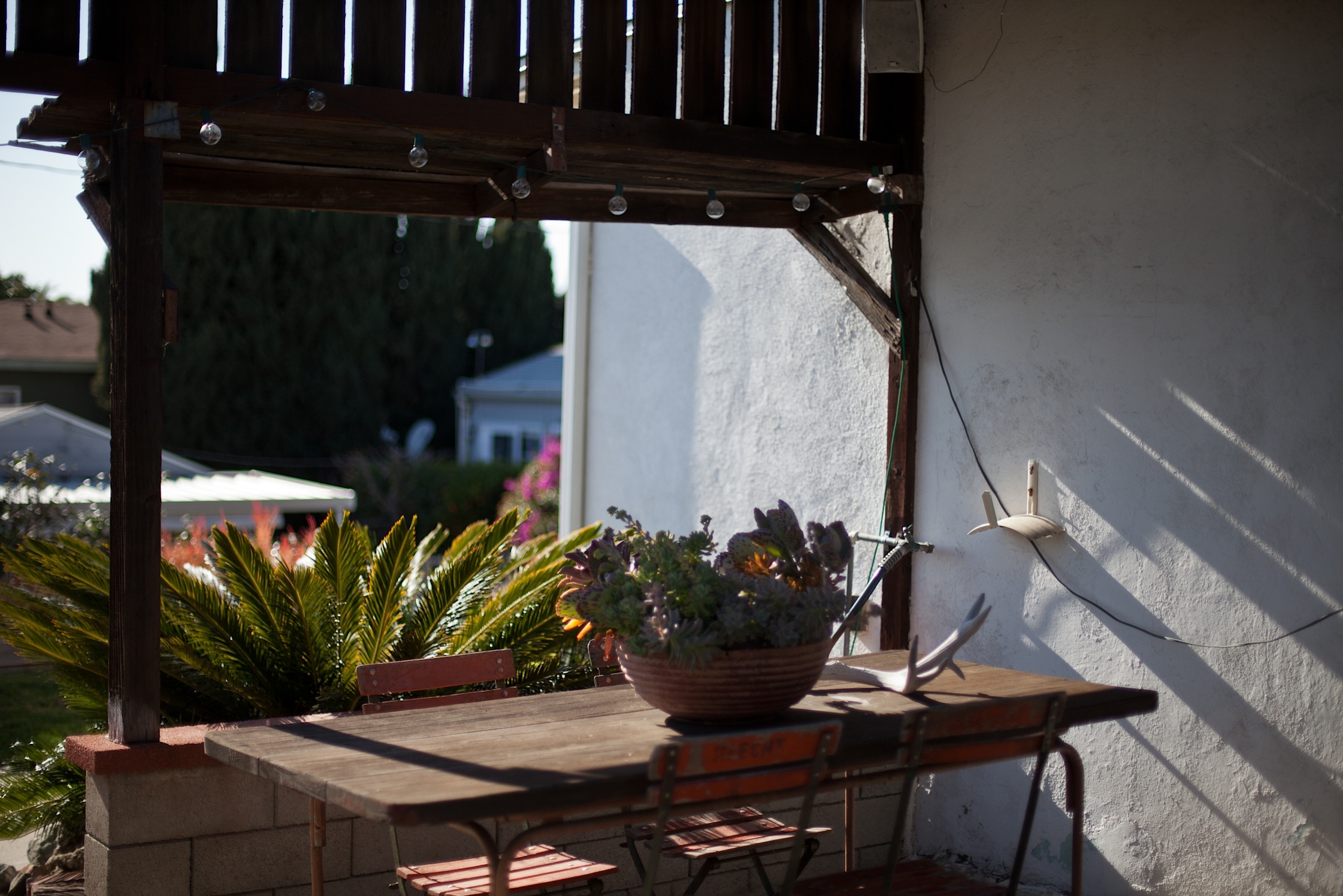
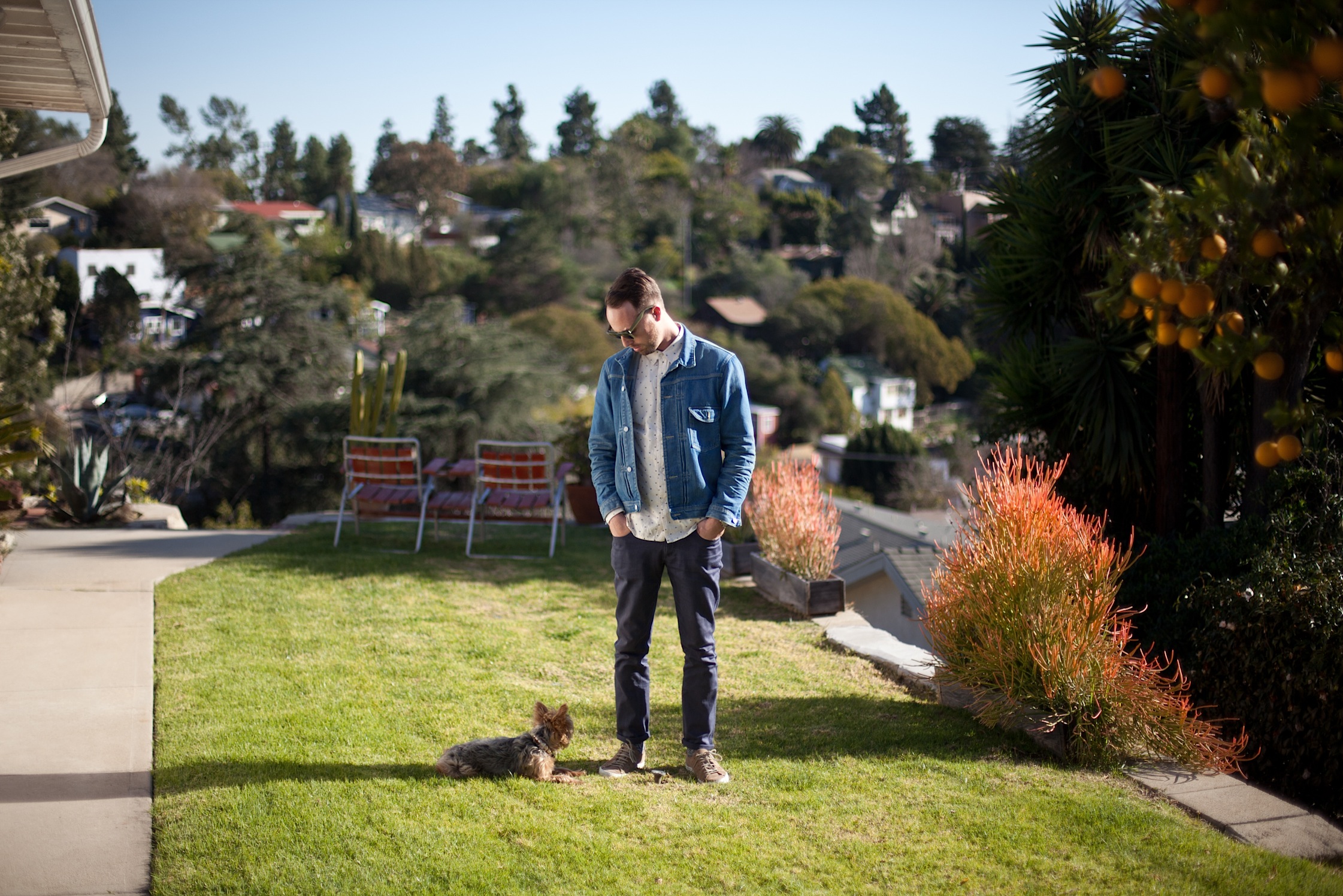
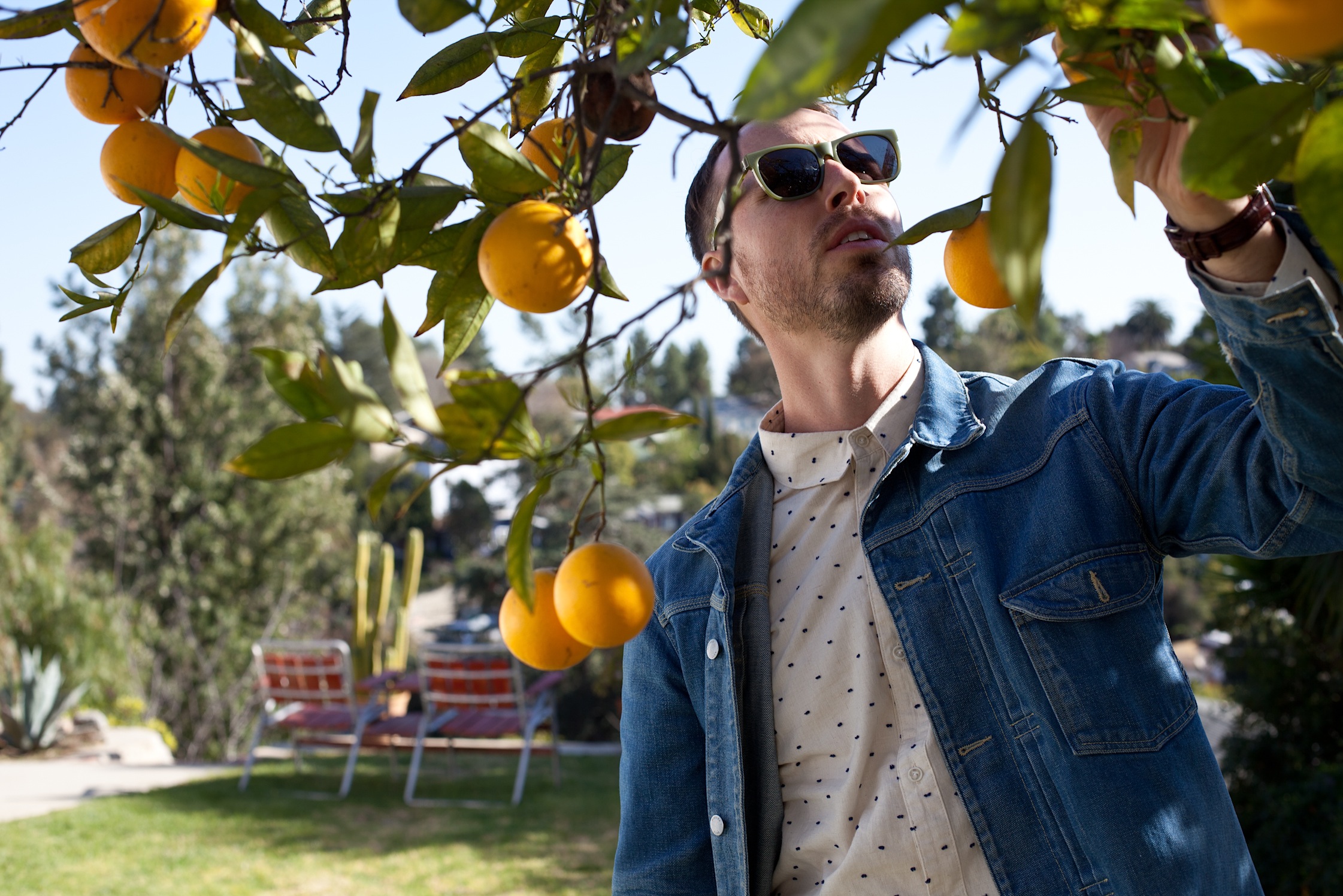
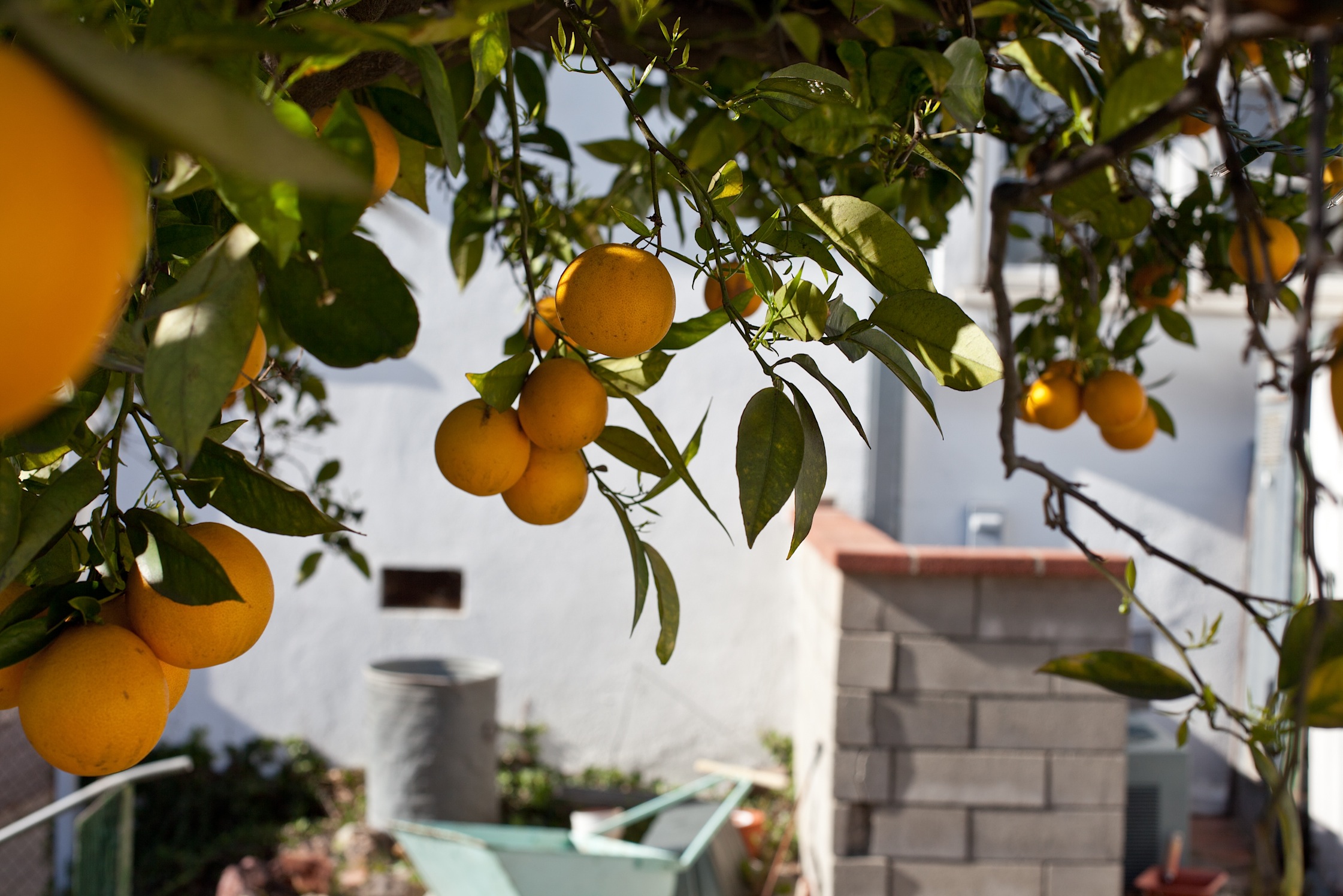
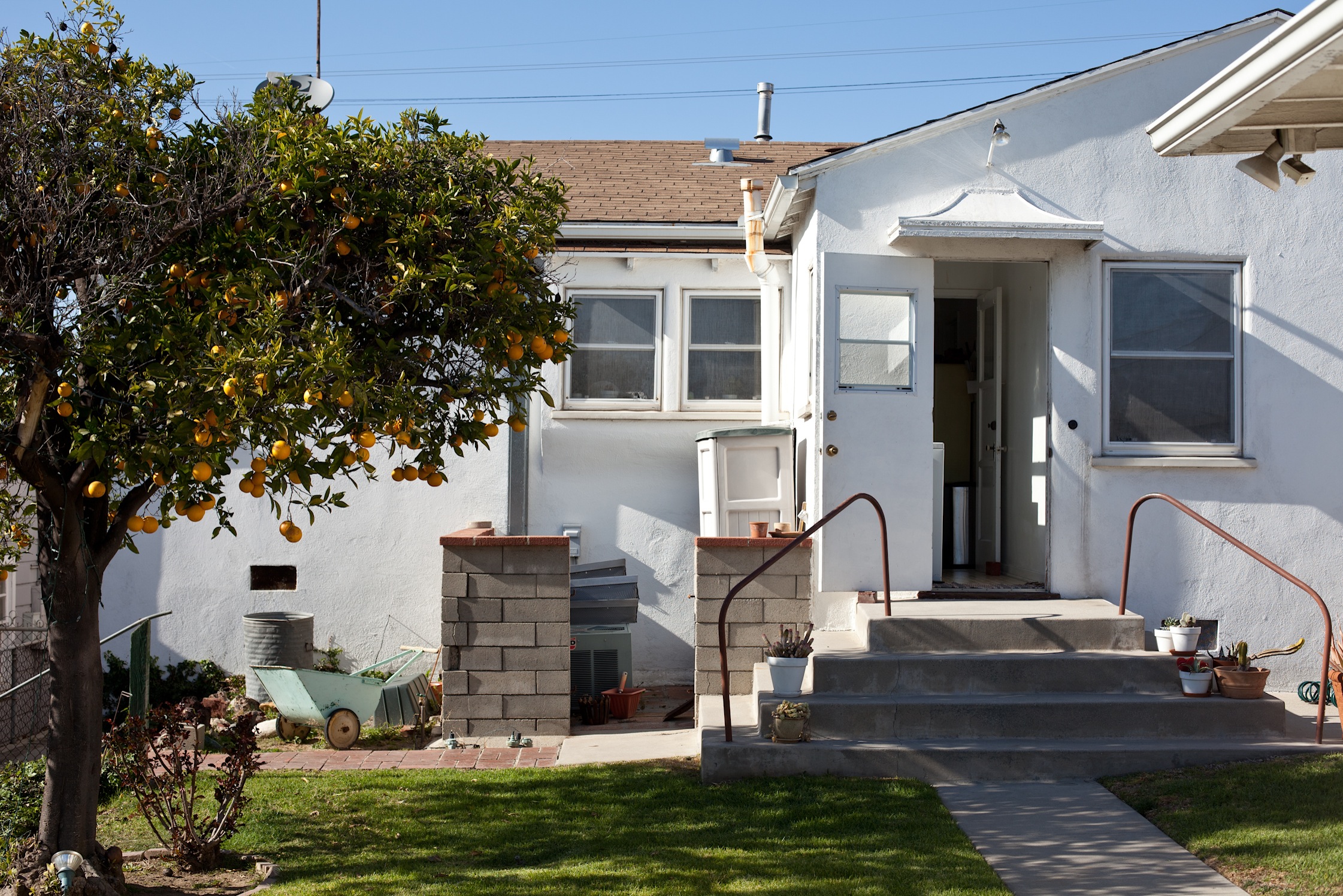
Tell me about CWST and both how it differs from and is the same as Riviera Club.
The two lines have the same DNA. CWST is still California: the story is really the times and travels of the Pacific Man. This collection is less beach. There’s so much to tell when you think of the West Coast, it doesn’t have to be limited to sunshine. We were also able to do things with this that we couldn’t do for Riviera Club, for example, manufacture everything in Los Angeles. Really, it’s where I wanted Riviera to end up, but I don’t think it could have happened naturally.
Has your own style changed since you started Riviera?
Yes, but not intentionally. I think my style is maturing. I prefer things a little more tailored now. It’s less casual, but still relaxed. Refined but lighthearted, I guess you could say. Not so serious.
You aren’t from California. Have you always felt drawn to the west coast?
I’m from Martinsville, Indiana, and my business partner is from Seattle, but we both grew up with the dream of living here. I grew up in a small town on a farm; we were lucky to have stoplights. I just remember looking at old photos of my uncle who had moved west. Looking at him, living this lifestyle: I always idolized it. In sixth grade, I took a trip out here, and I’ll never forget flying in and seeing the sprawling lights of the city. It completely overwhelmed me.
Martinsville was 20 minutes away from Bloomington, and Indiana University, which I think is a great microcosm of a wider demographic: a large research school, and a beautiful and diverse community. I don’t know if I would be here without that school, because it really opened my eyes for a desire to travel.
What did you study in school?
At Indiana University there was a really cool major called Individualized Major. Basically you could self-tailor your major. I thought that was the most brilliant thing, because when you first go to school, you don’t know what you want to study. I changed my major like six times: interiors, graphic design, business. Within this program, I called my major Lifestyle Design: music, fashion, photography, design, and business. I enjoyed every single class.
Were you always into fashion?
In the Midwest there wasn’t much that I could be into. Had I been growing up there now, I think the Americana trend over the last few years would have been really inspiring for me. I did have a crazy collection of shoes like Nikes and Air Jordans. I was obsessed with always having the latest releases.
So what were you thinking you’d do for a career at that point?
I was living two different lives throughout college. I played sports every day growing up, and played college baseball at Central Florida on a scholarship in my first year. Then, I got an arm injury and I realized I wasn’t going to play pro. At the same time, I also wanted to be a musician on top of all of the lifestyle courses I was creating for myself, so I wasn’t really sure. Maybe I would be more successful today if I just chose one thing. But I can’t, I’m too passionate about too many things. I just want to experience as much as I can of anything new.
Do you think about ways that music or other interests can be incorporated into your line?
Always. In fact, I think that’s why I chose fashion; it’s so lifestyle-oriented. It’s all about the bigger picture for me. The story of the campaign. It allows me to use all of my interests and put them in one specific goal. For example, for Riviera Club we designed a guitar for Fender. We came up with a story to tell of a man who traveled down south to surf and live in Mexico. We wrote a song to accompany all of it, and there was a film that went with it, too. We spent a week in Mexico making it all at one of the most famous surf breaks in the country, and then made 25 guitars inspired by an early 60s telecaster.
Without getting too into it, tell me about COEXIST. I understand you were the creative director/co-founder for COEXIST which is an internationally-recognizable, unity-promoting symbol consisting of three monotheistic symbols: a star of David, a cross and the crescent moon of Islam.
I started the brand with a college roommate and relative in 2003 at Indiana University. It was a senior thesis of sorts that turned into a business. I’ve seen the logo in so many places and in all parts of the world, from 60s VW buses in small-town America to random allies in mainland China. It’s crazy to see what’s become of it, and ultimately I get a little sad thinking about it. It was something I believed in, but I was trying to protect something that couldn’t be protected. I saw so much potential in that idea. You can always say, “If I knew then what I knew now.” You can’t really teach business skills like that.
What happened after you left COEXIST and moved to LA?
I was doing freelance product, graphic design, and art direction. Mostly, I was soul searching; taking time off from what was a very difficult time dealing with the aftermath of all of it. Then I found what I’m doing now and couldn’t stop. It’s a very challenging and complex business to have to reinvent yourself every season. I love it.
It seems like transition is pretty natural for you.
It would be easier for me if I would just focus or stick to one thing, but I guess whatever finally sticks will be that one thing that allows me the most success or best experience.
Has it been easy to transition from Riviera to CWST?
I felt connected and very fortunate to travel around the world with Riviera. I don’t think we were expecting the great stores that picked it up, from Dover Street to Opening Ceremony. When we launched, we did a traditionally very dark show in Paris, but we came in with a complete surf aesthetic; totally different. It was good timing.
What’s the concept for the new line?
This initial collection is the story of Beverly Hills chic with some 70s in there, and a nod toward the golden era of Beverly Hills. Some crazy floral prints, but still smart.
What’s your daily routine?
I wake up, make coffee, sometimes I go to Intelligentsia in Silverlake early, at 8:00 or before. Silverlake is really having a moment, and watching the people here is pretty amazing. Other times, I’ll stay home and do research. My place has a lot of glass and it’s at the top level, so it overlooks the city.
Inspiration for me comes in weird ways. I can’t force myself to design products. It usually starts from an image and something will strike me. Or sometimes I’ll wake up with a melody in my head, and I have to follow up. A song is like a puzzle and when you see those little pieces you have to assemble them right there. They won’t be there tomorrow.
So what about designing an actual product?
I don’t know. I think I’m most inspired by people, really. It’s less of a product that comes in my head, and more that when I travel or am having coffee and I see one person that wears something a certain way. It’s just a feeling. Ex-girlfriends have always told me, “You have wandering eyes.” It’s not that, I just can’t stop watching!
Any specific memories of people-watching that later turned into inspiration for a line?
A few years ago on a trip to Napa, I was inspired by the pickers in the vineyards during harvest. White tees, faded denim and chambray, sun-faded French terry sweatshirts and colorful beanies. It was effortless California. Very authentic. They inspired an entire collection about the history of Napa, which also included the sophisticated and privileged vintners.
Where do you travel for holidays?
Holidays are usually spent with my family in Indiana. Occasionally we’ll travel together and spend them somewhere special. This Christmas about ten of us are renting a house in Tahoe. I spend a lot of time in the desert. There’s something magical about Palm Springs, Joshua Tree, and the Yucca Valley. Golf, camping, pools, and sun is all I need.
Do you have any favorite restaurants, shops, or cafes in Silverlake?
I live two blocks from Café Stella, so that’s my go-to. Intelligentsia Coffee as well, although my favorite spot for coffee is The Fix in Echo Park. It’s more private and tucked away in the canyon. I love Sqirl for breakfast, Arcana Books for inspiration, Moksha on La Brea for yoga, and Mohawk Man gets my vote for best new men’s store in America.
It’s been great getting a tour of your Silverlake home and hearing about your fashion career Joe. Find out more about CWST here.
Photography: Michael A. Muller
Interview & Text: Leigh Patterson
